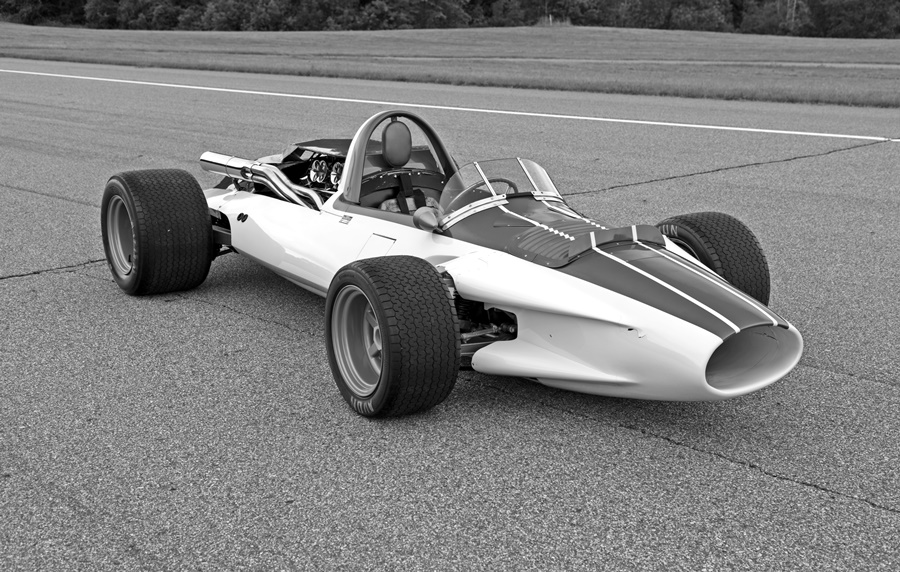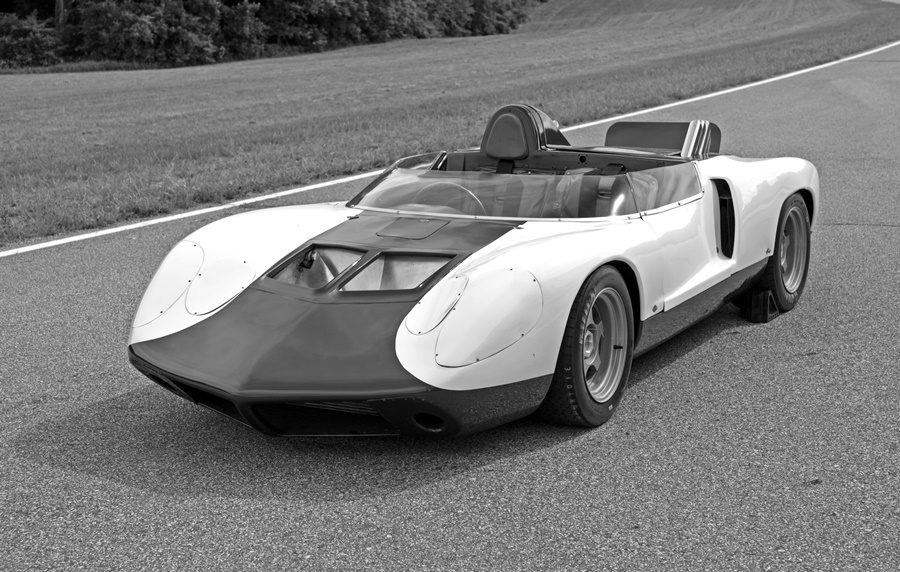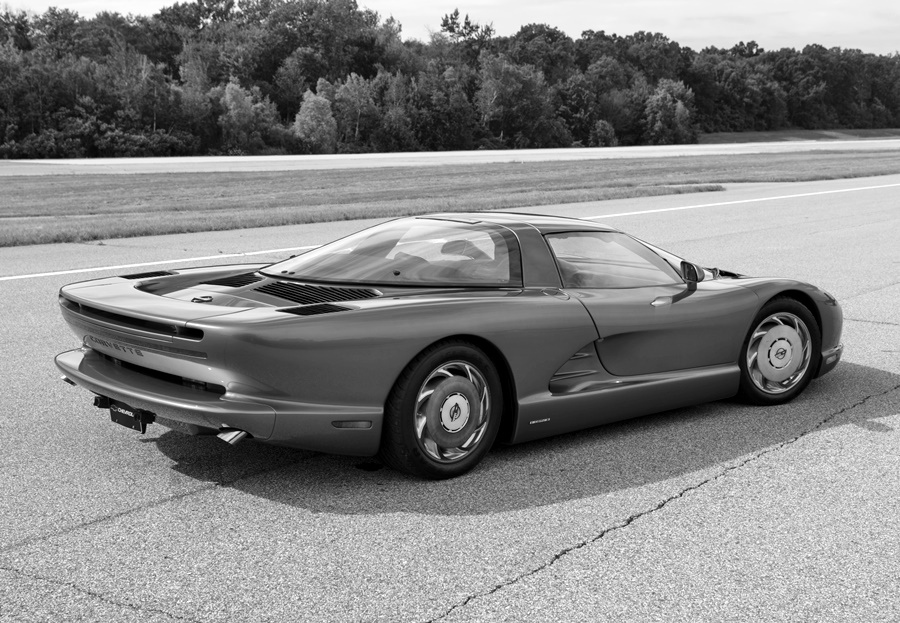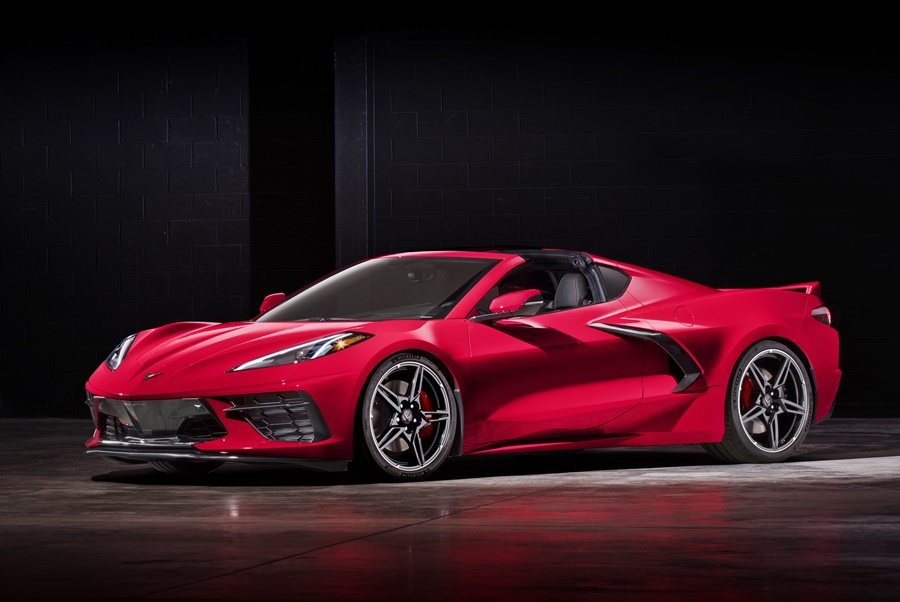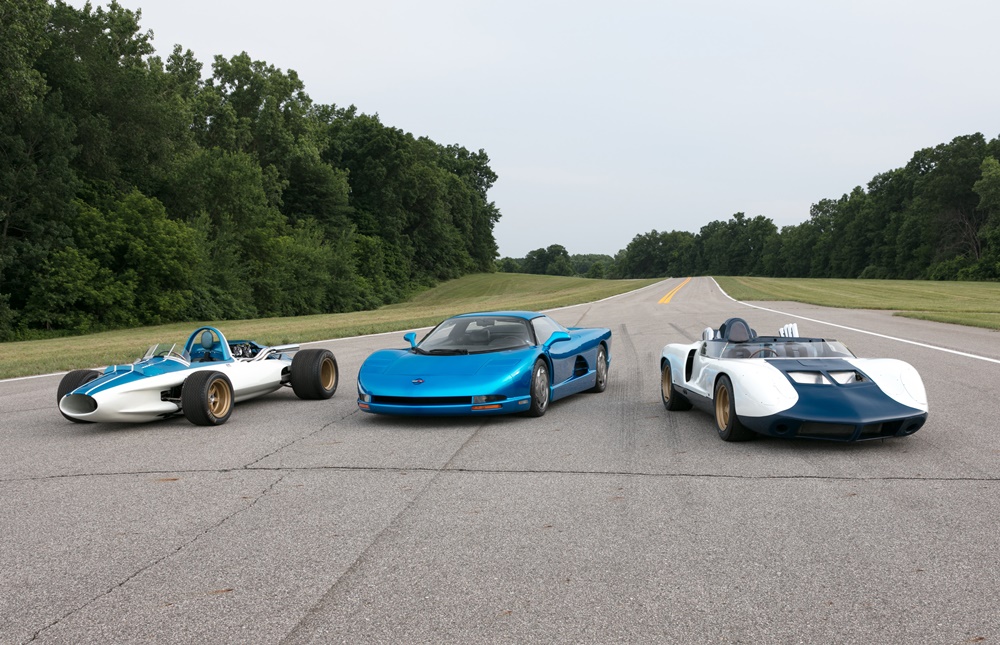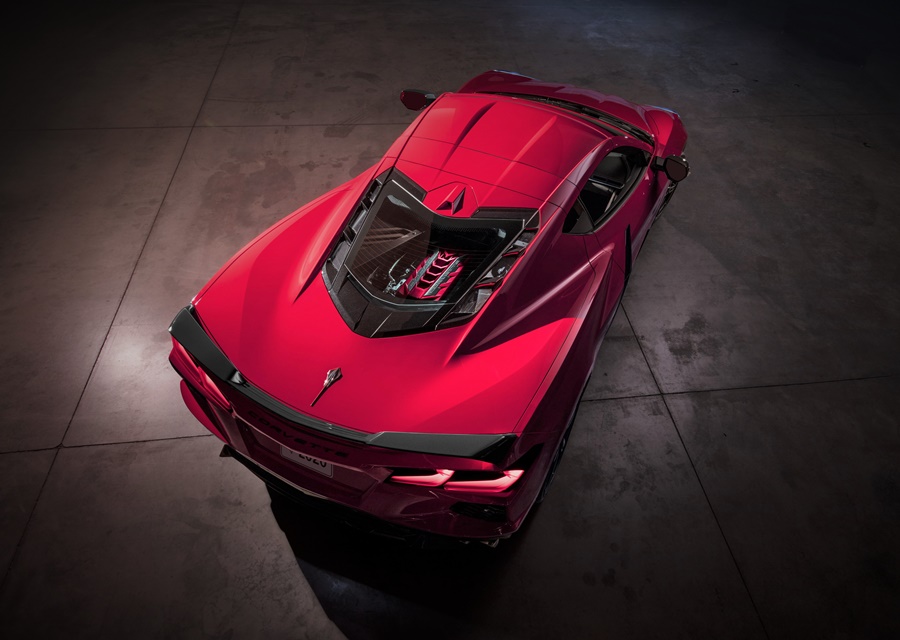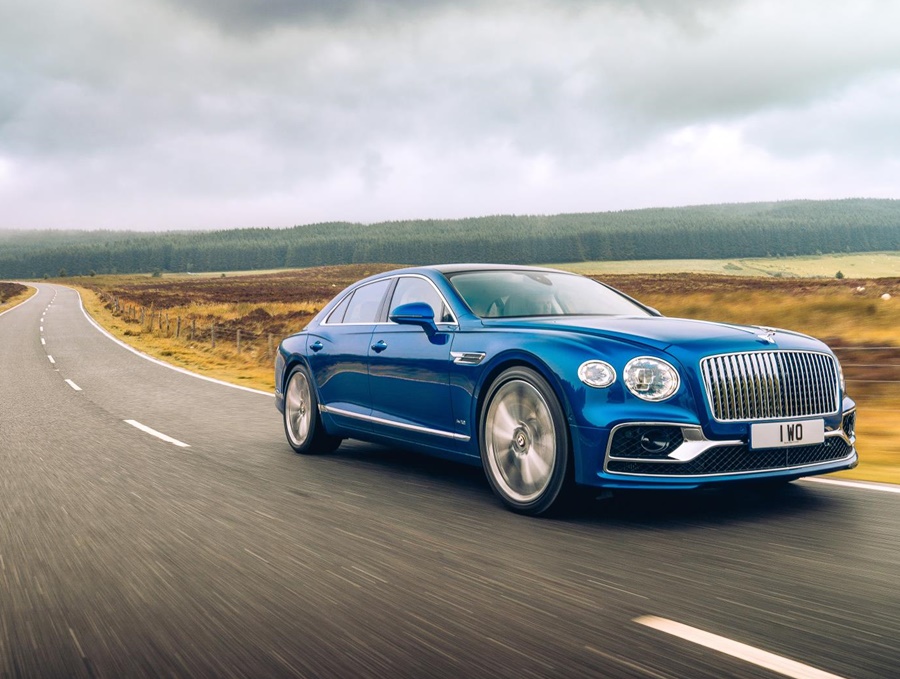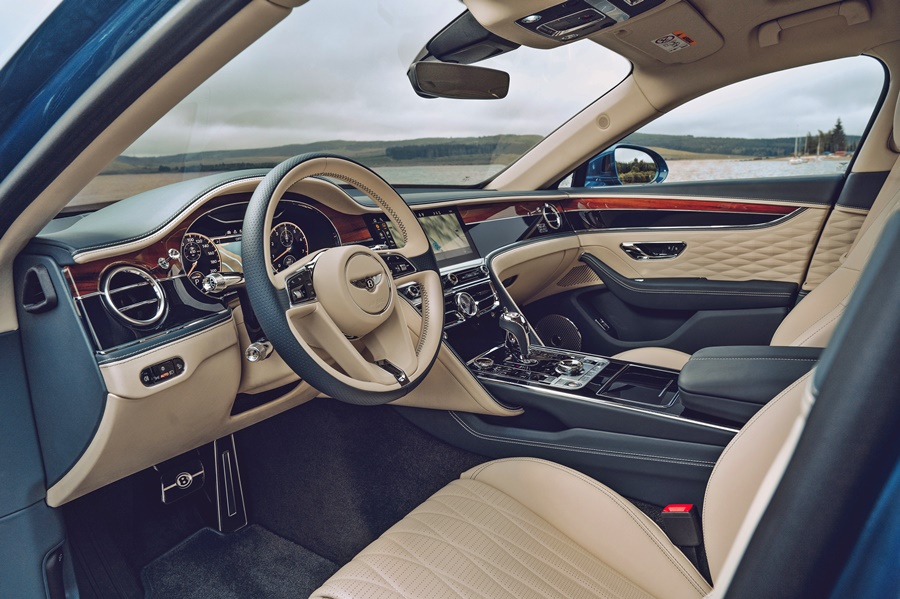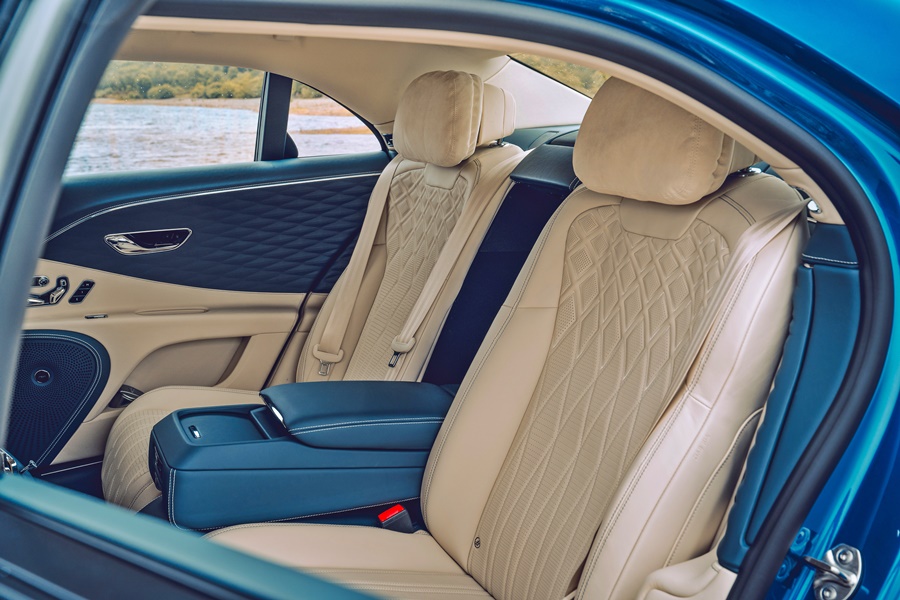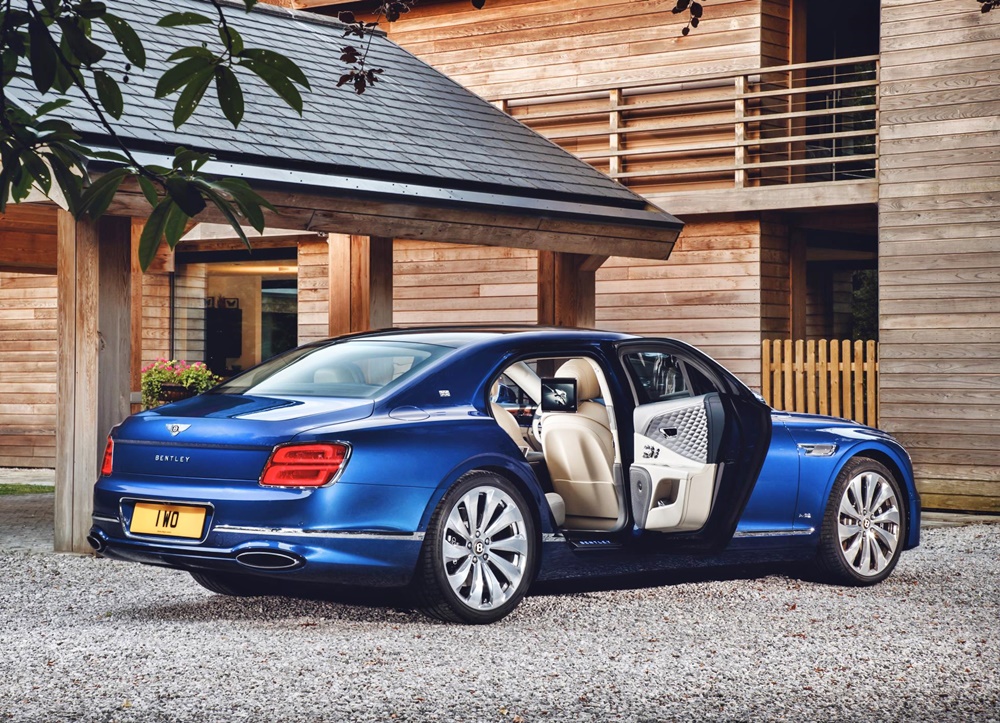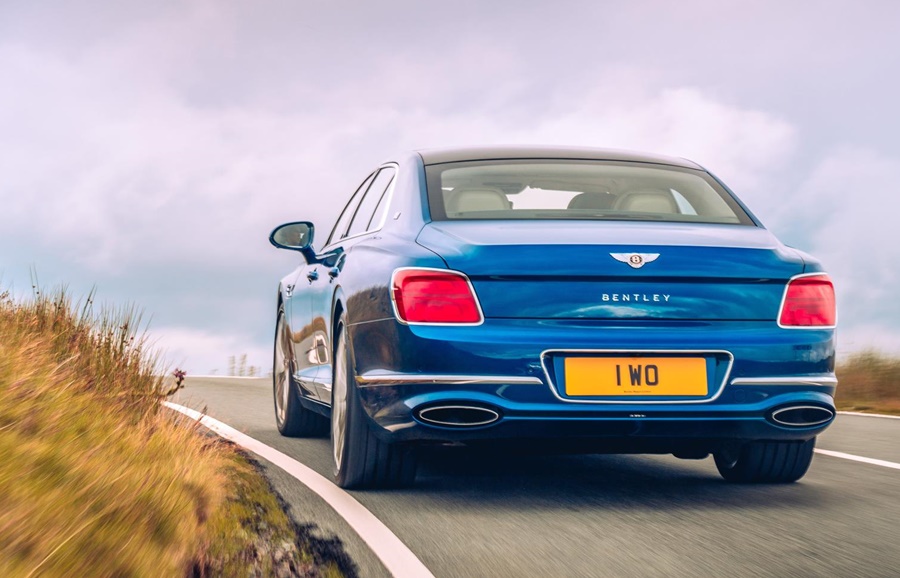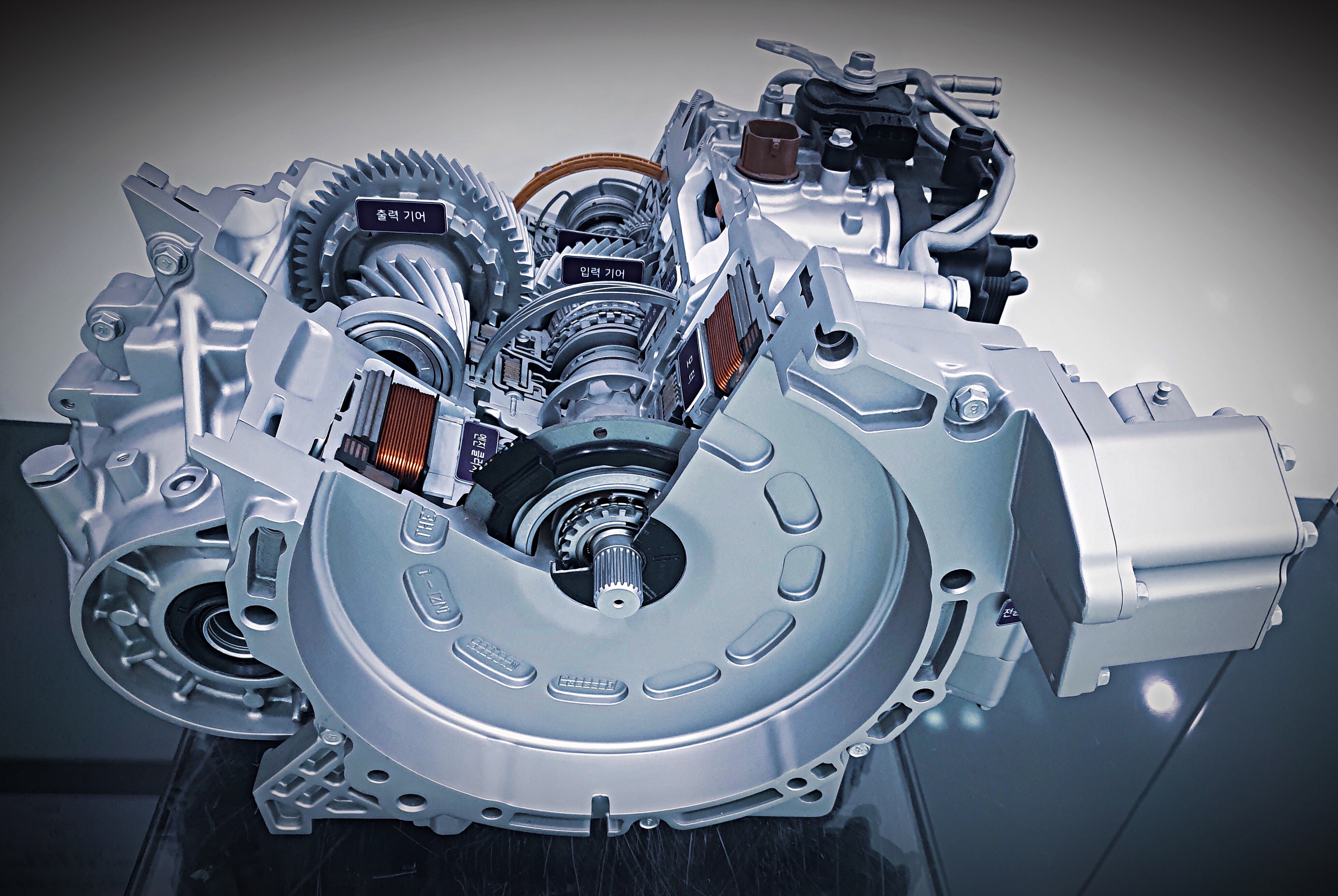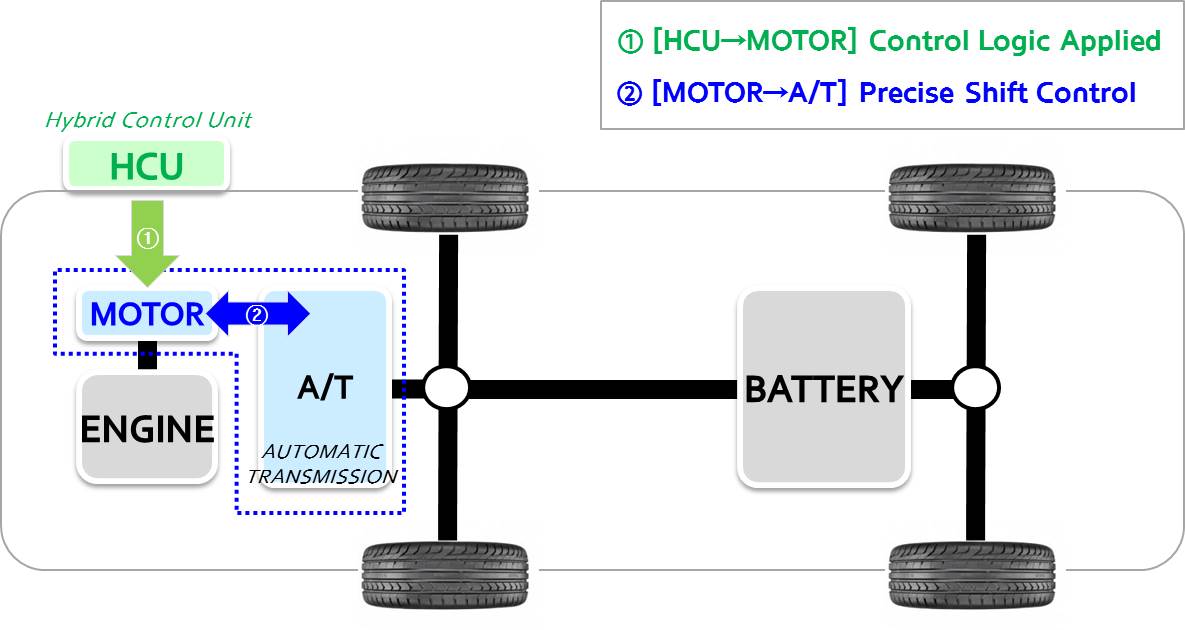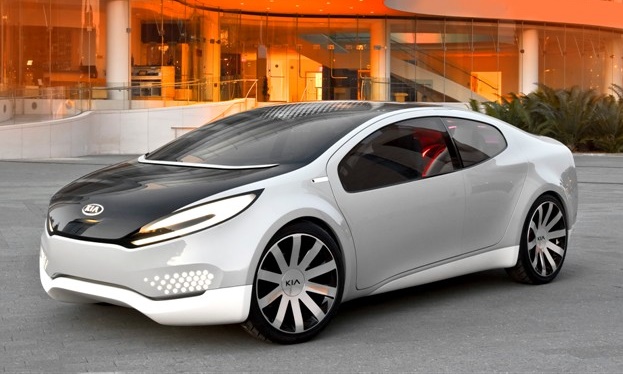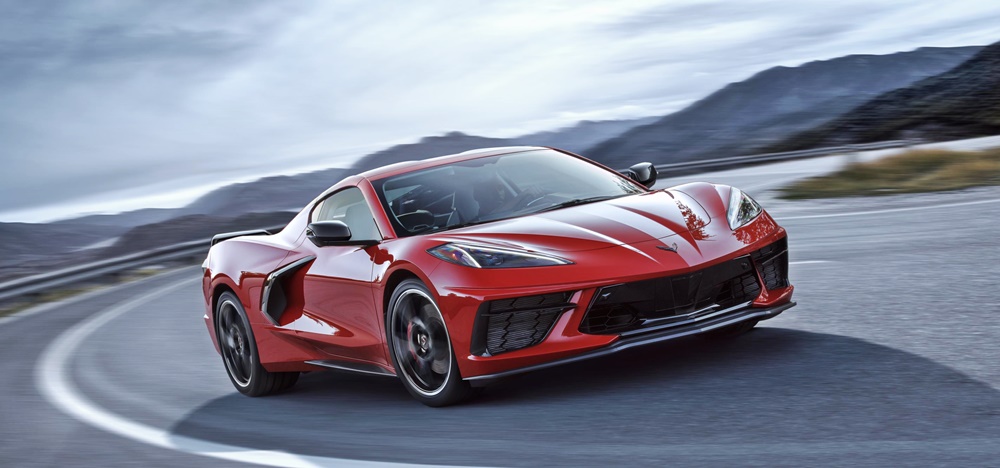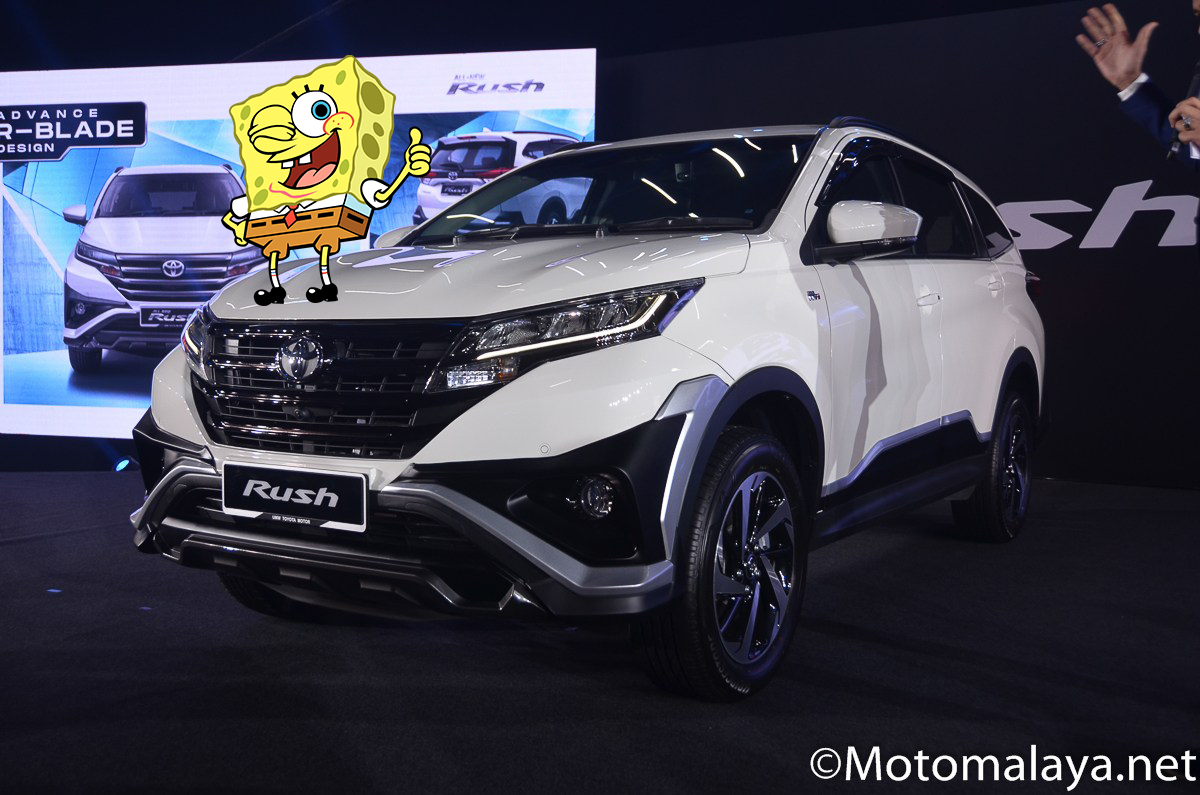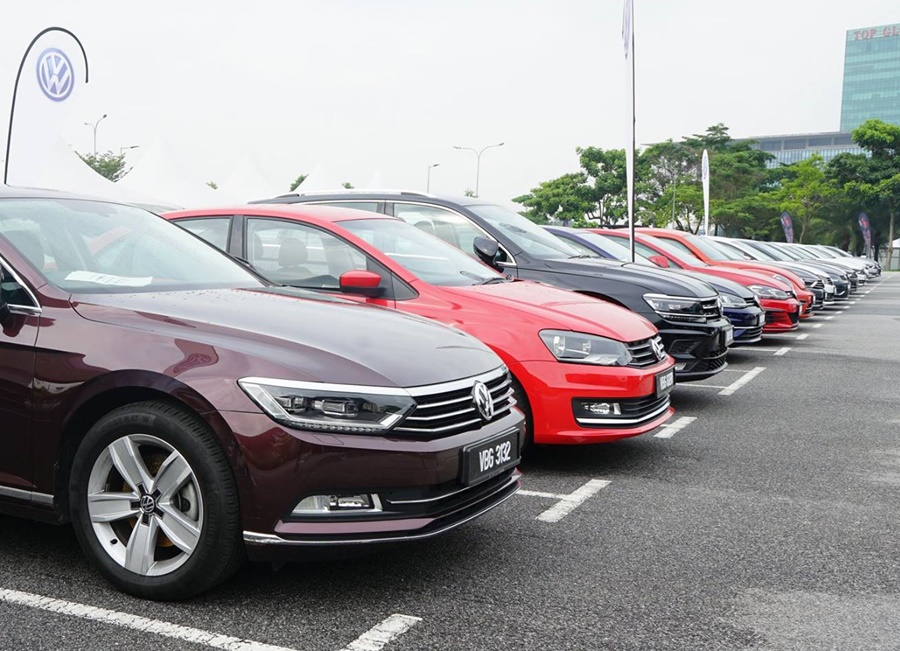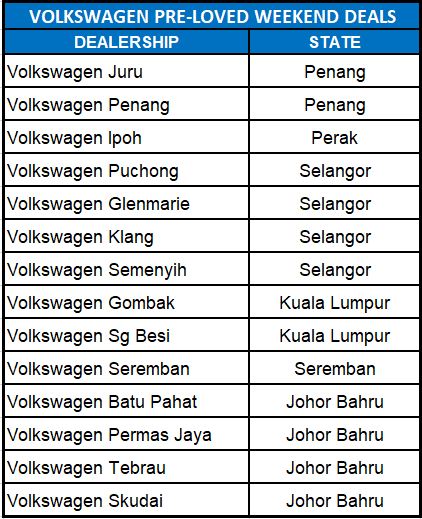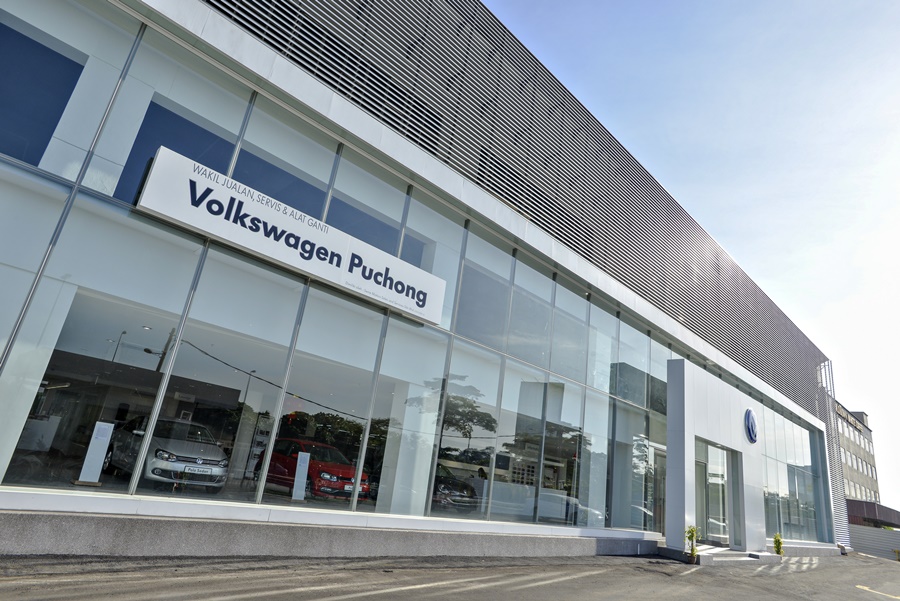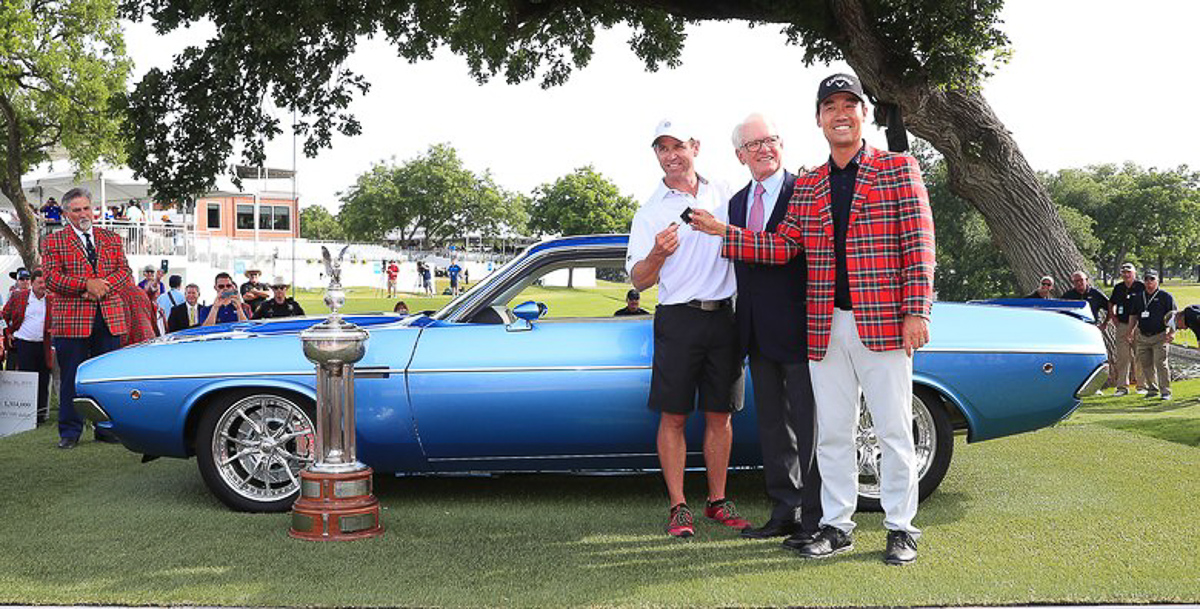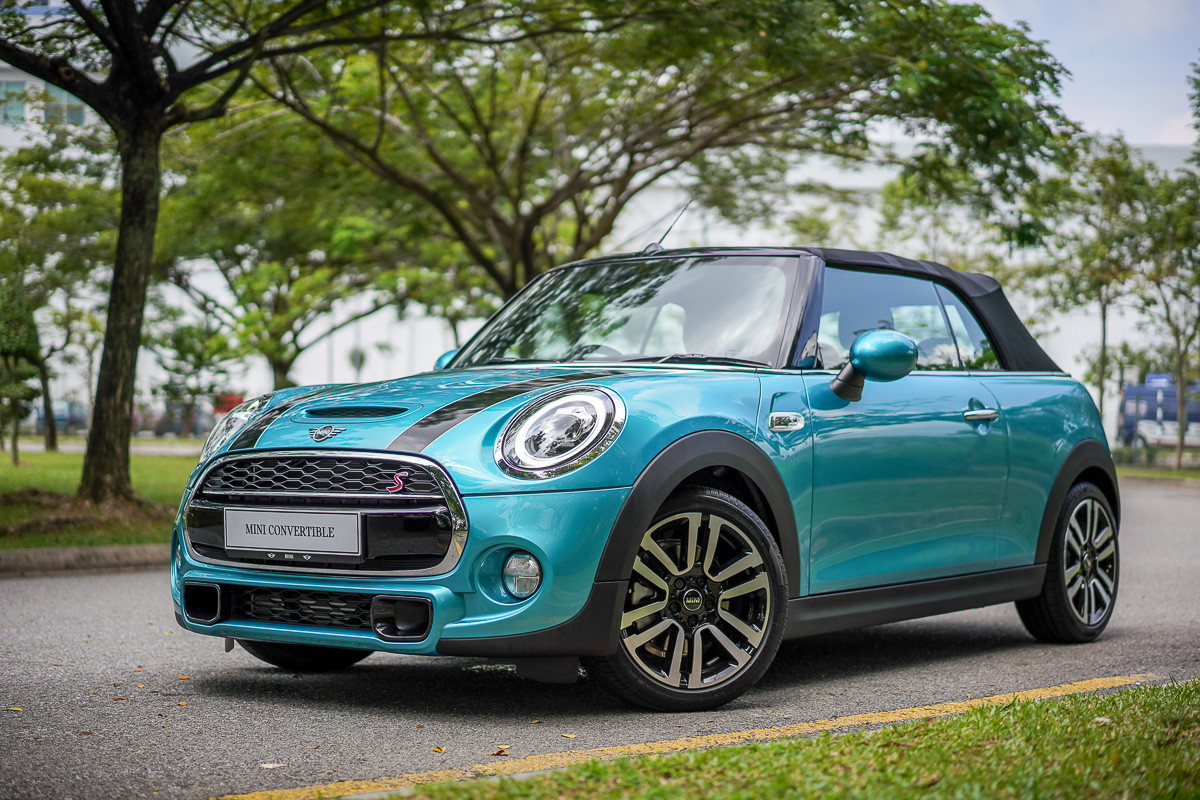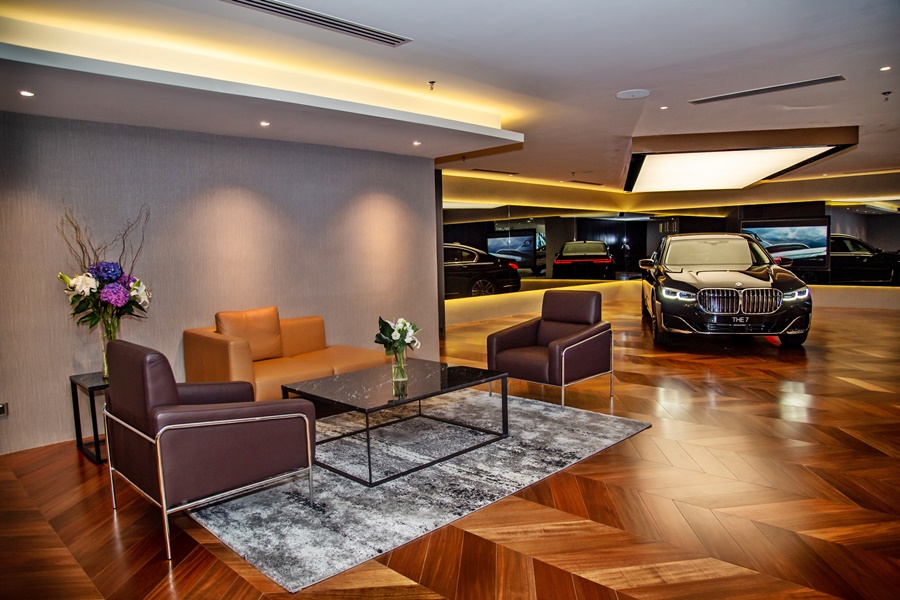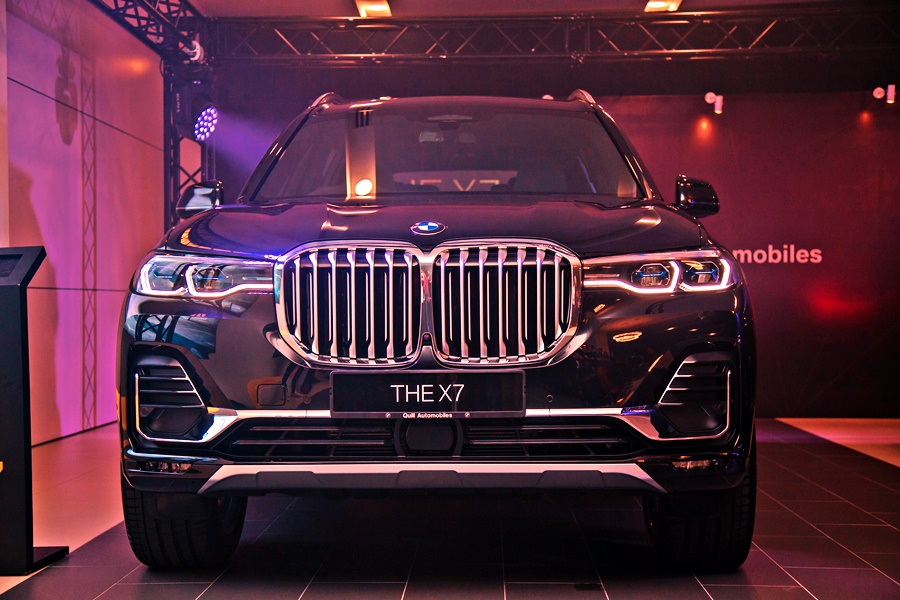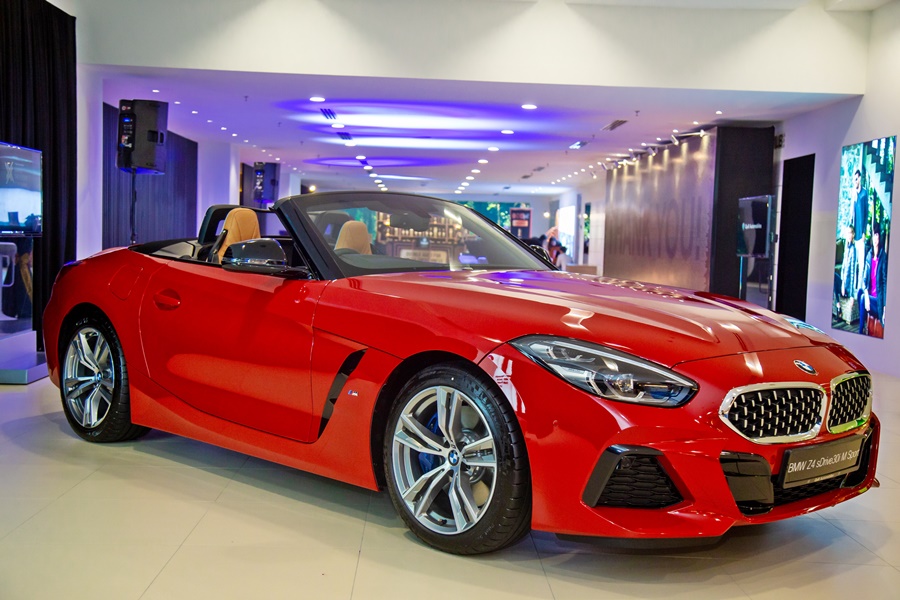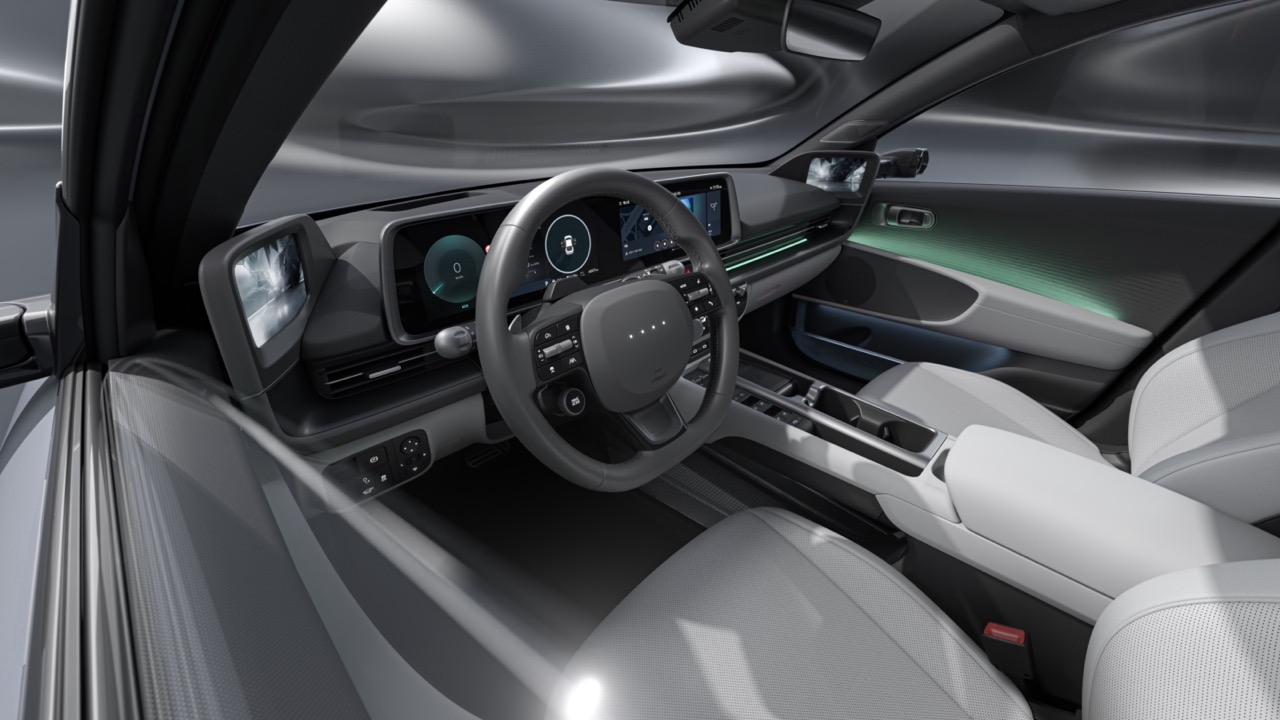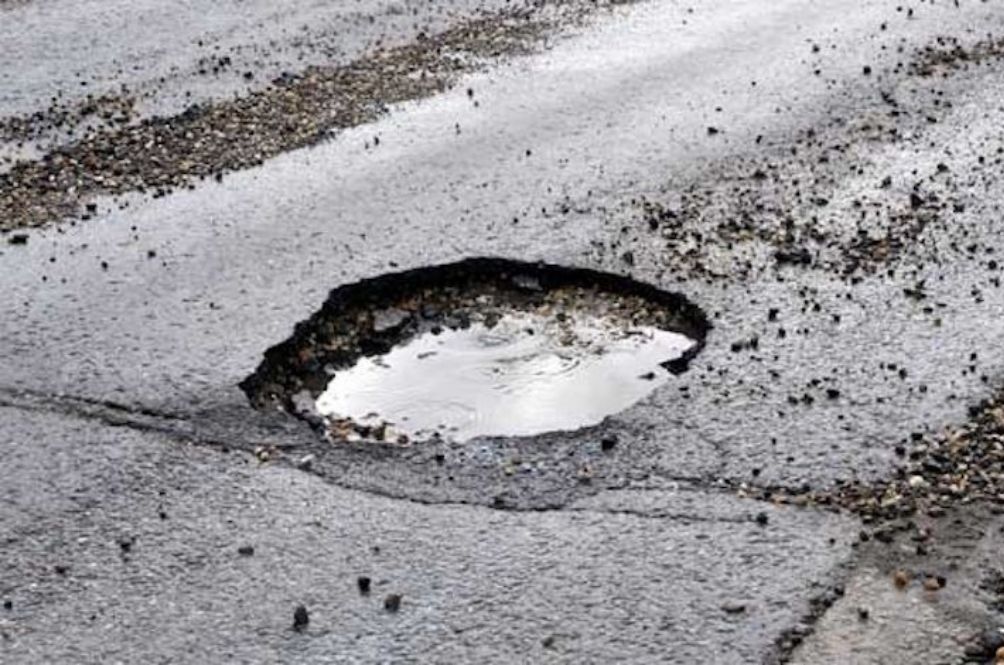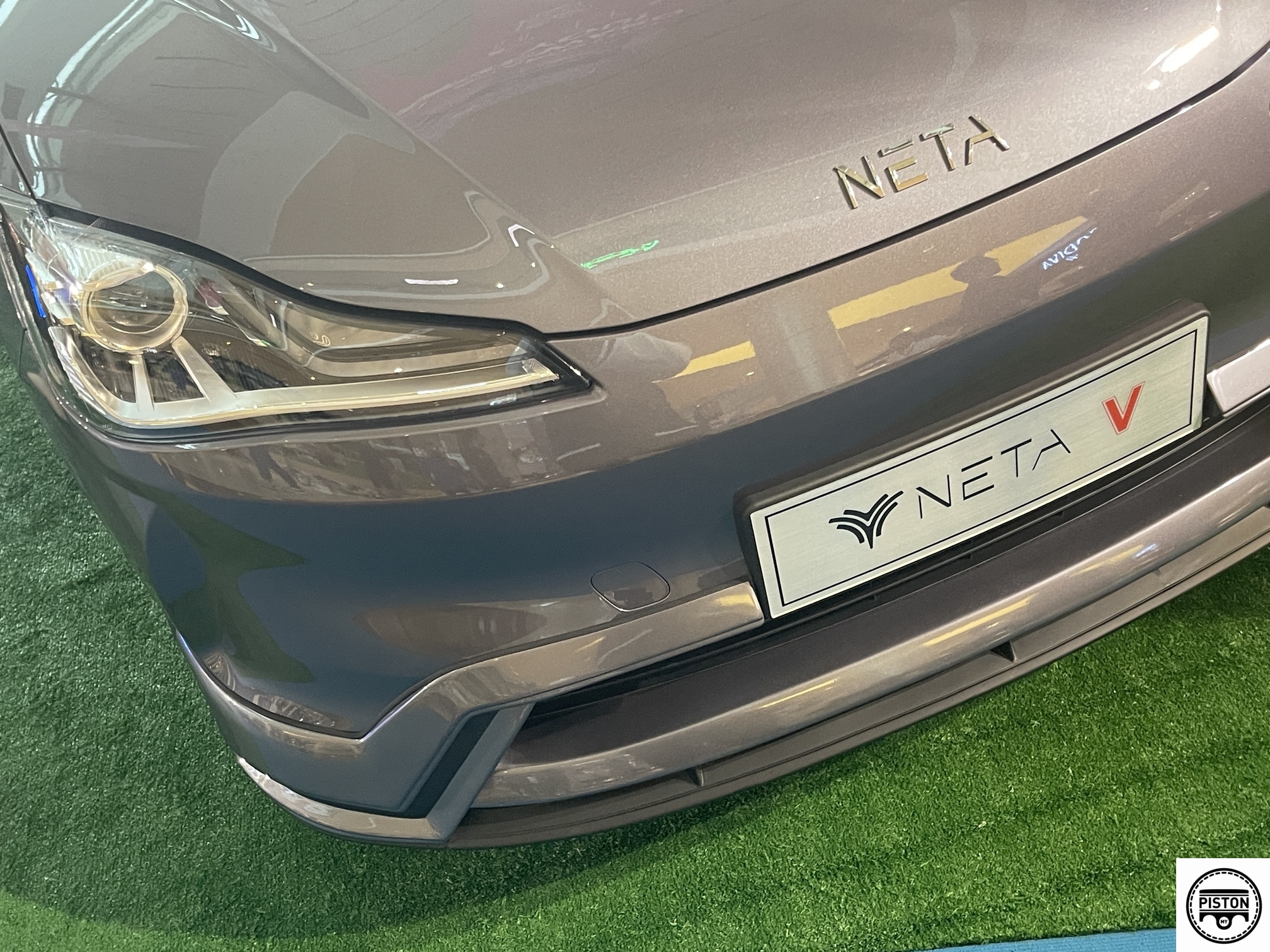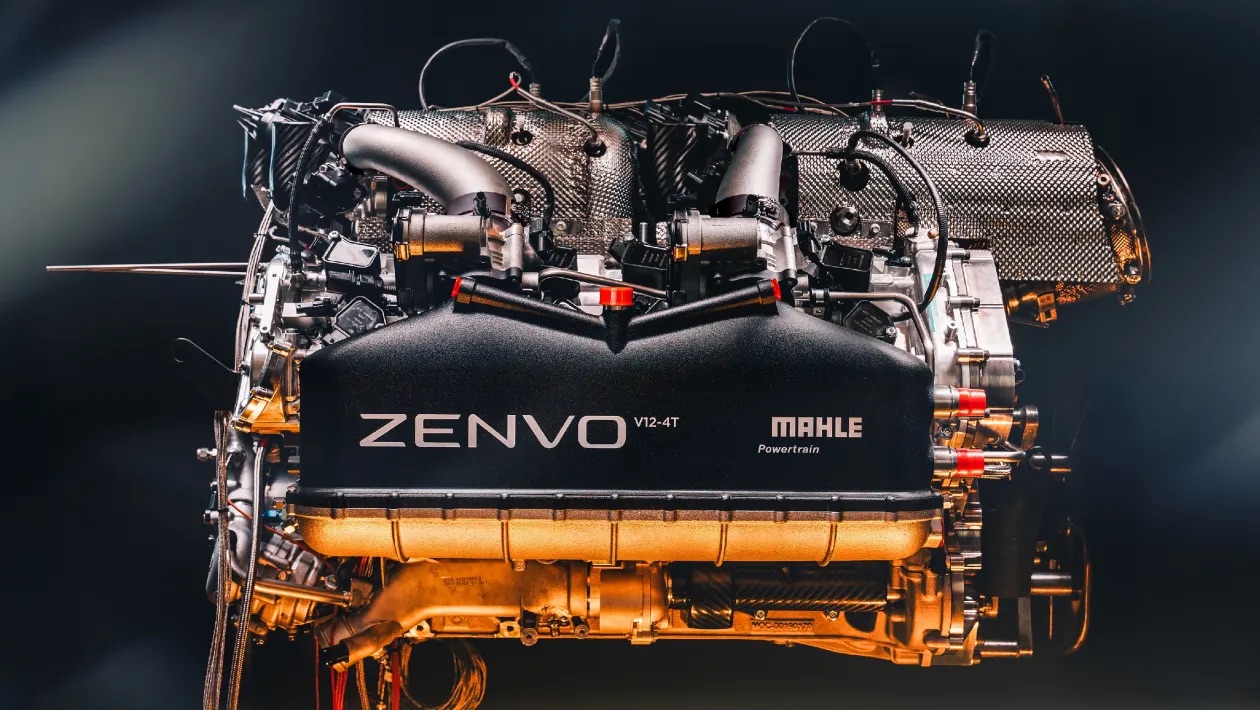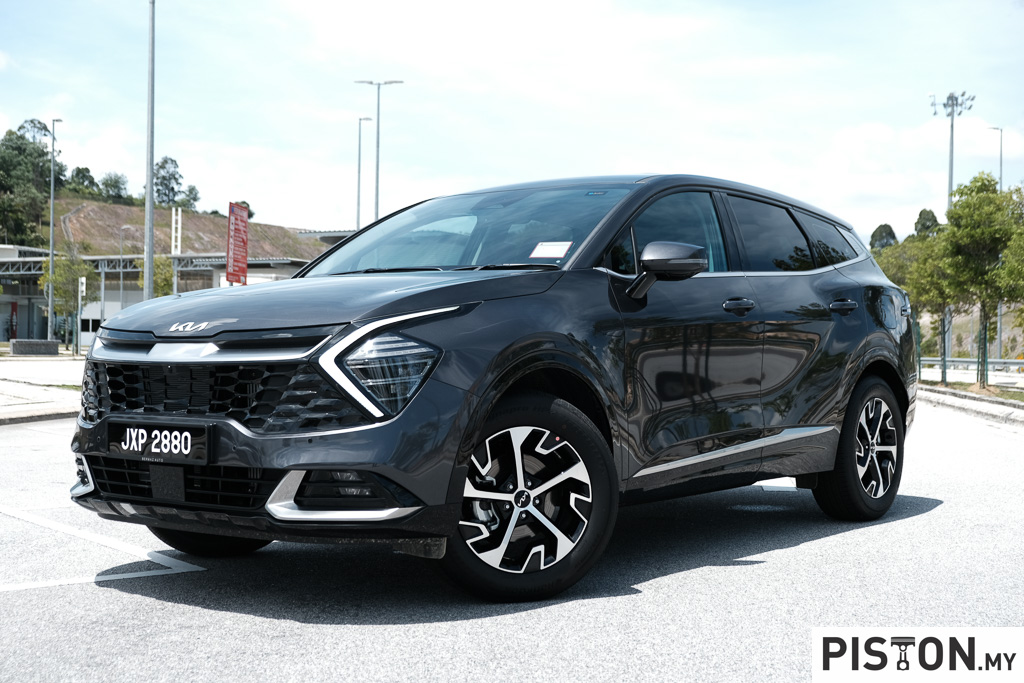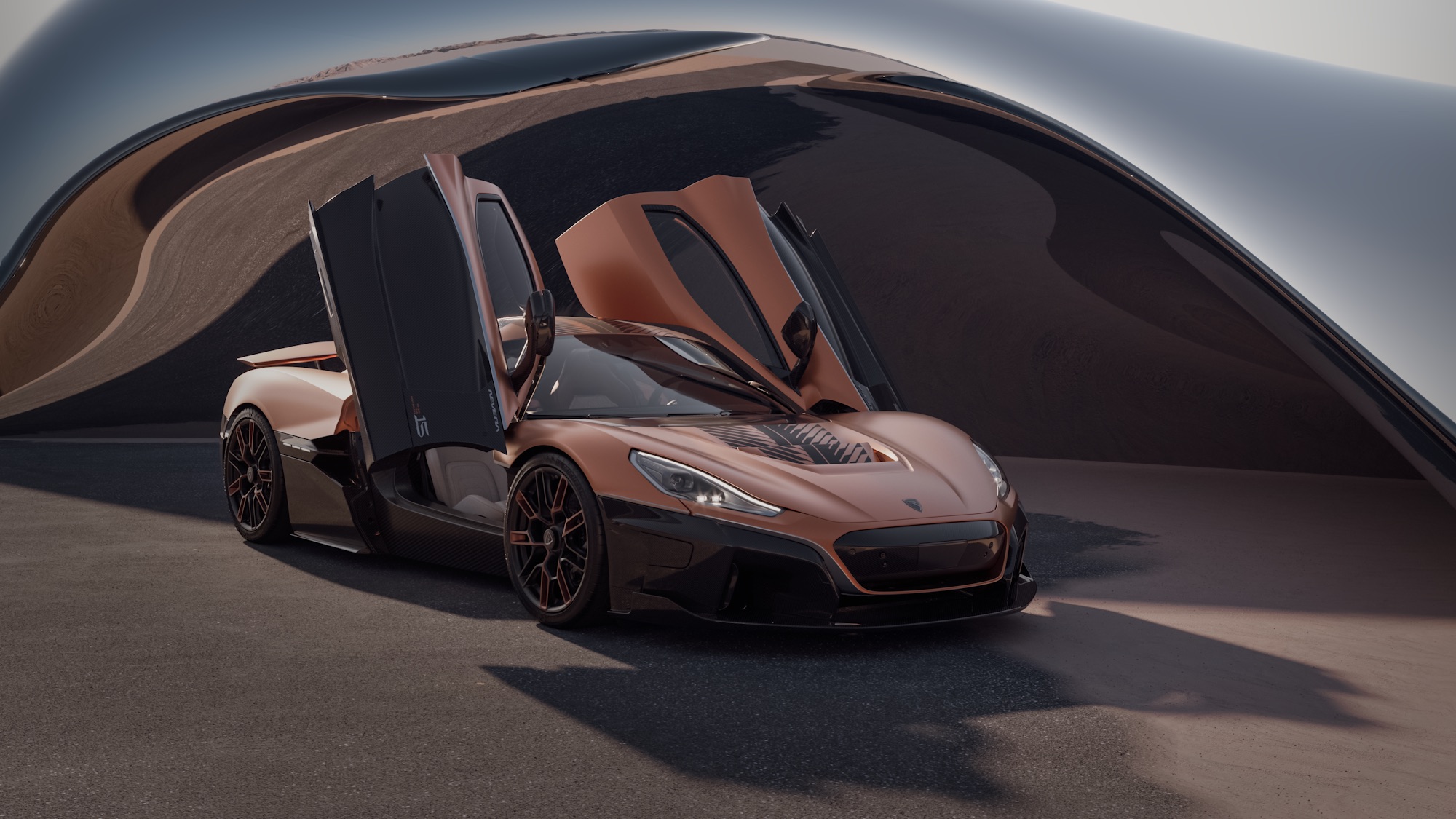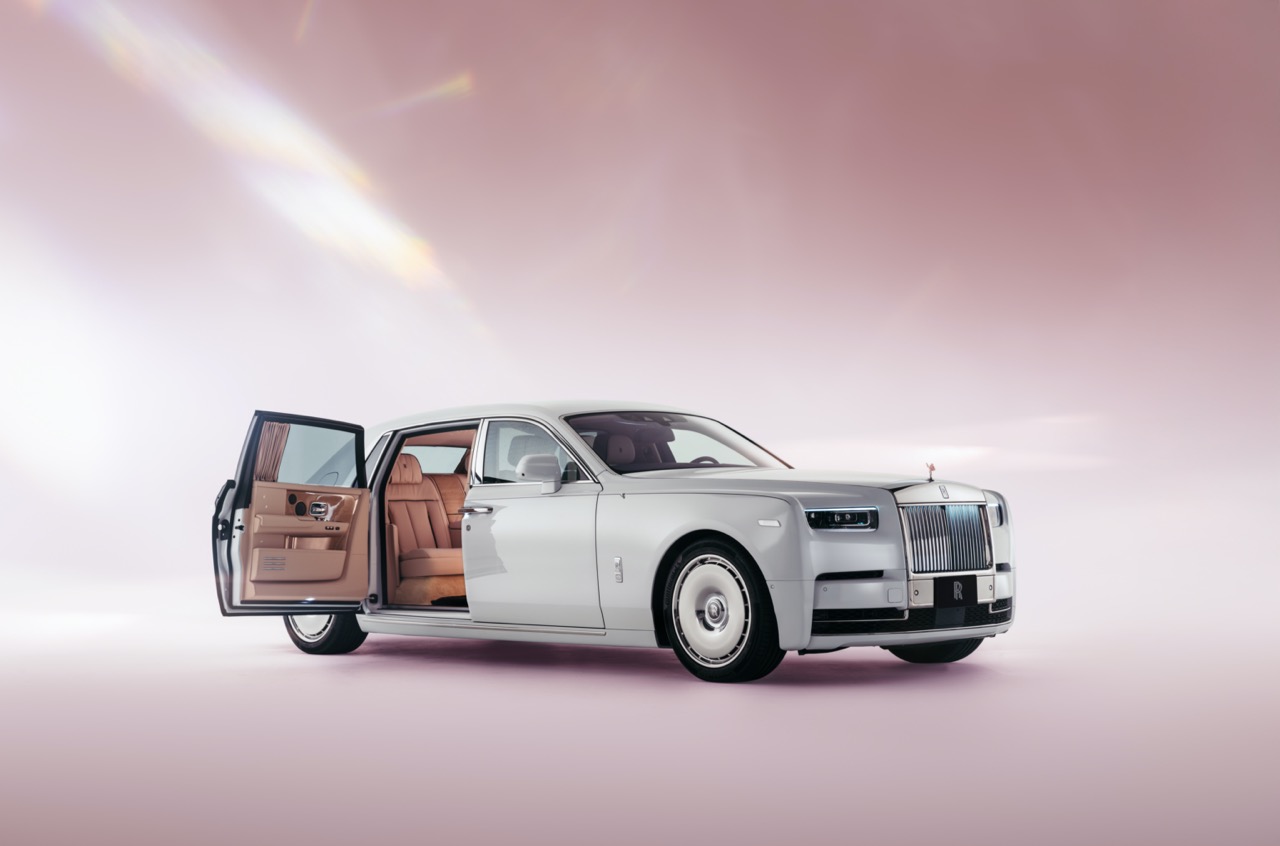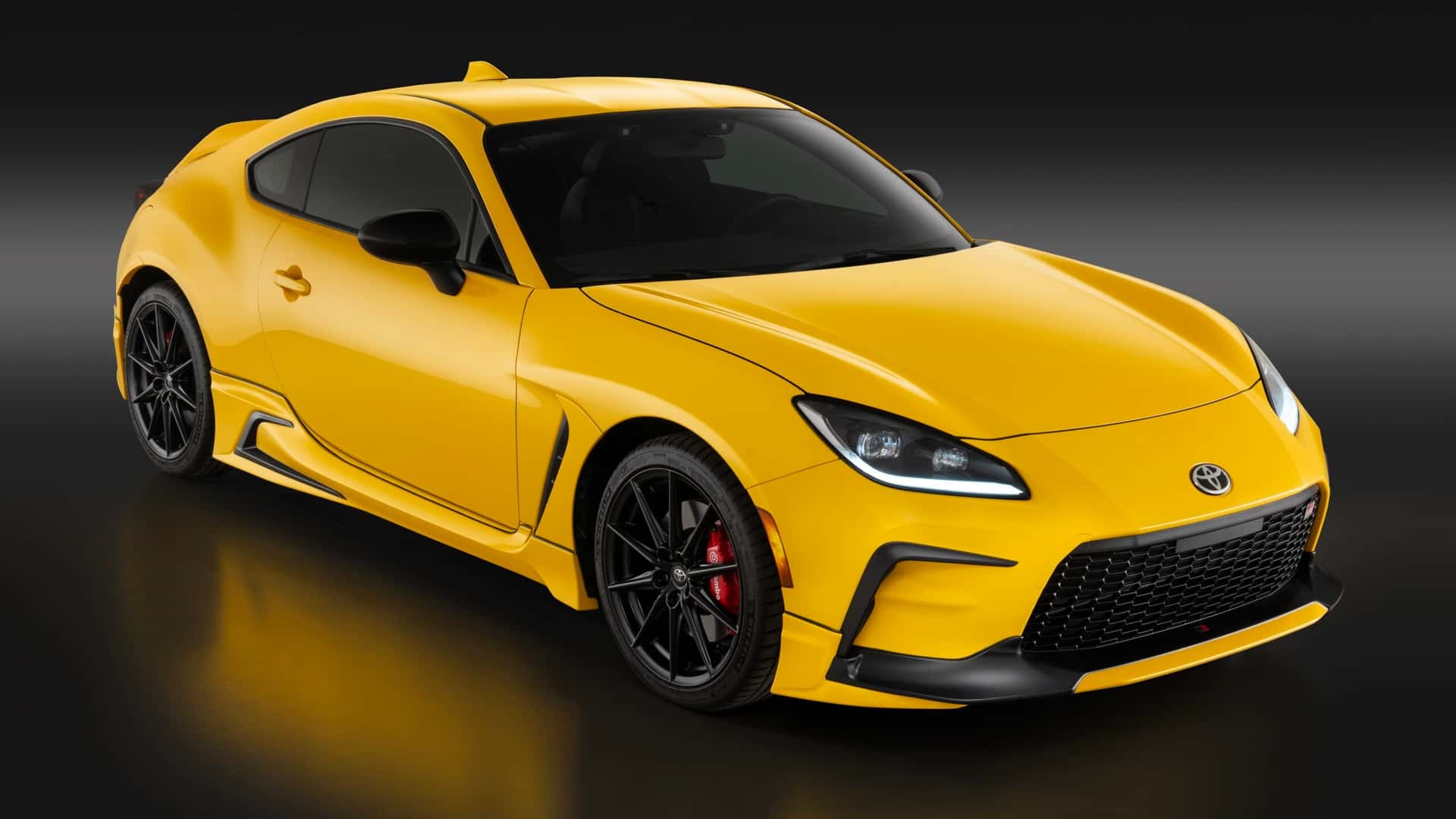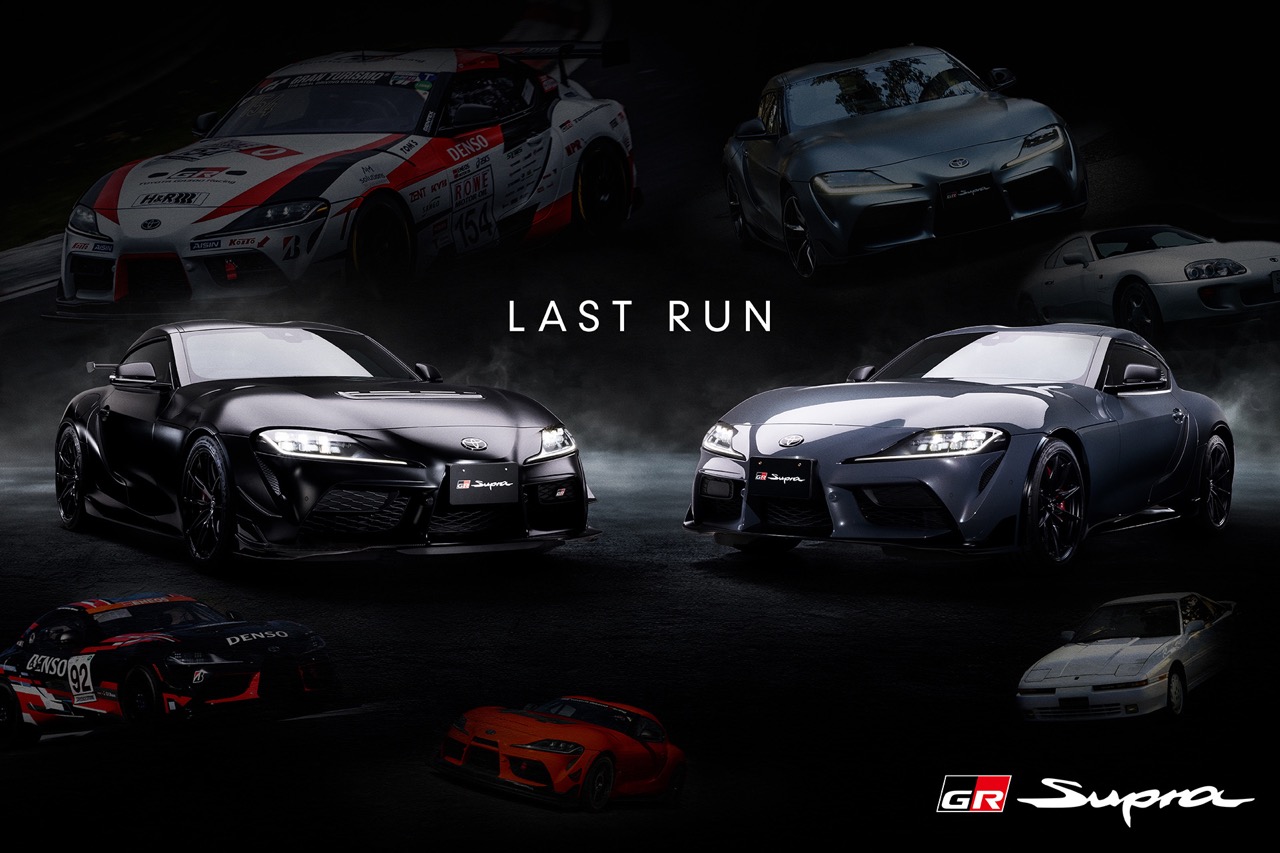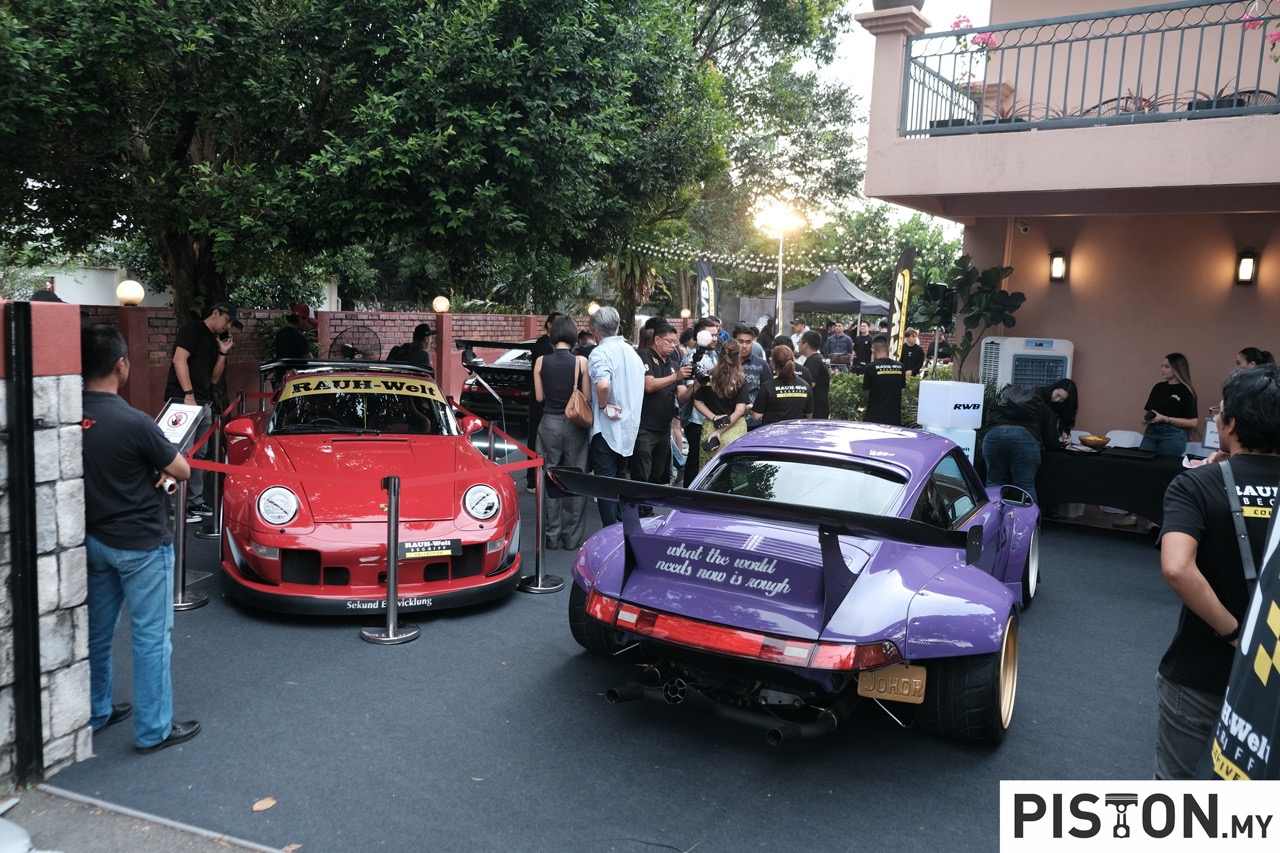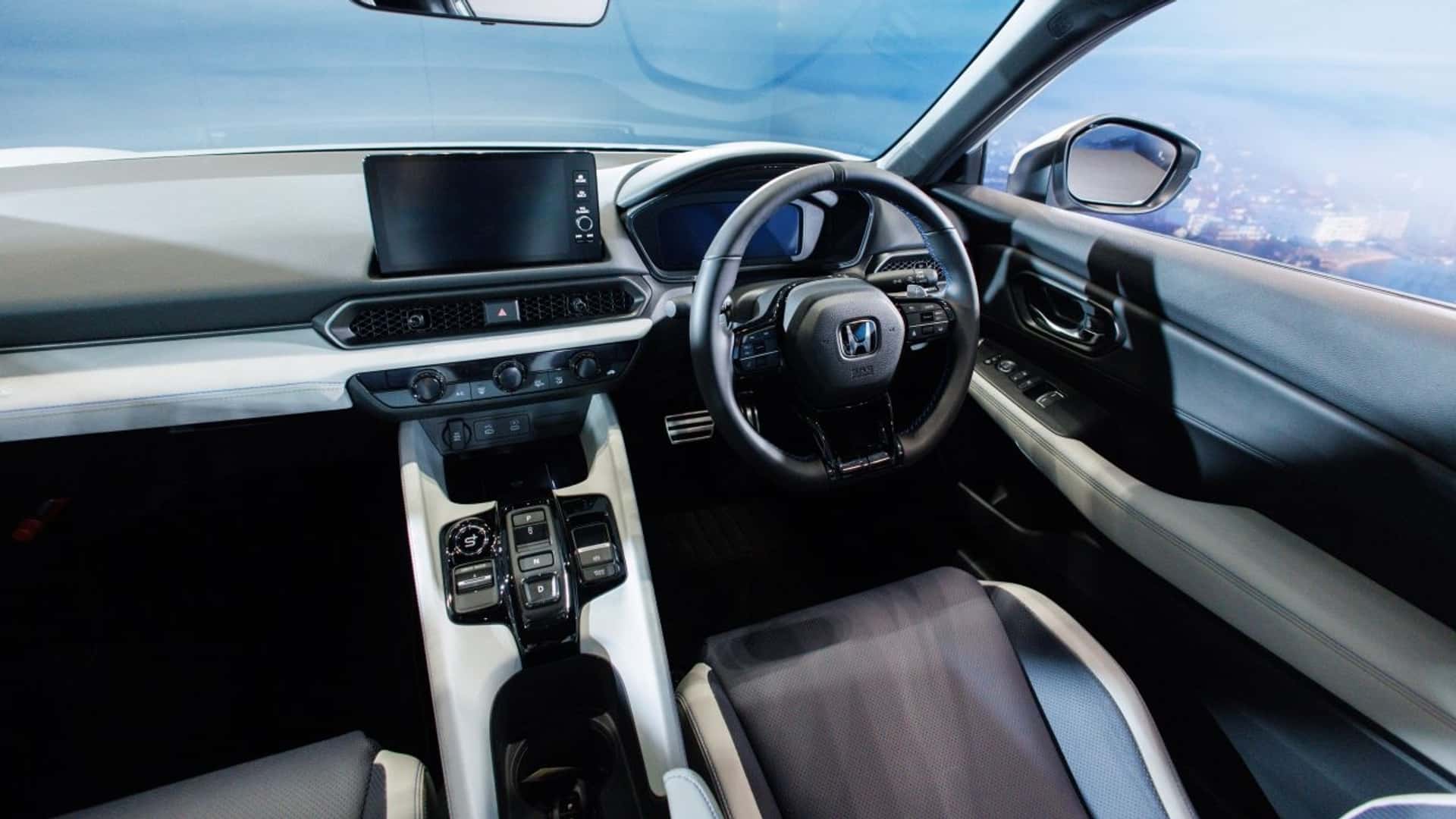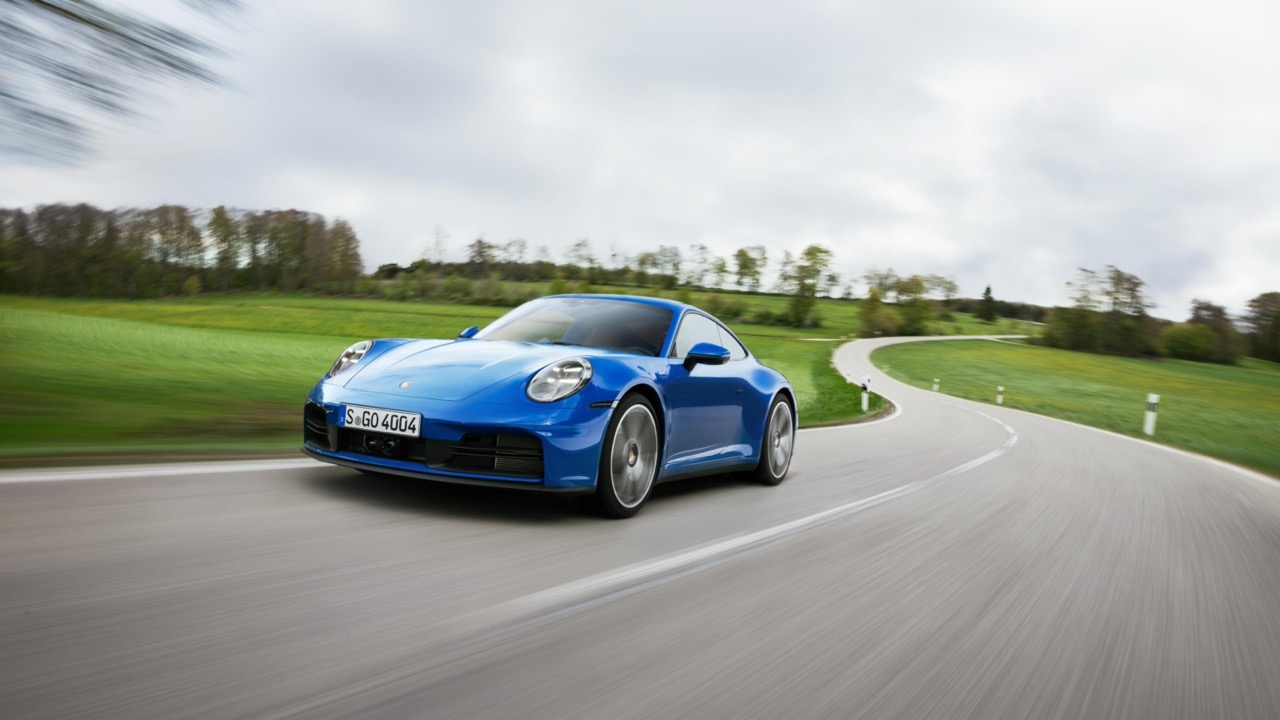Along with the Ford Mustang, the Chevrolet Corvette is undoubtedly the other iconic American sportscar. Over 7 generations and 60 years, the engineers have dreamed of the sportscar with a mid-engine layout and finally, for the 8th generation, they get their wish.
“Corvette has always represented the pinnacle of innovation and boundary-pushing at GM. The traditional front-engine vehicle reached its limits of performance, necessitating the new layout,” said GM President Mark Reuss. “In terms of comfort and fun, it still looks and feels like a Corvette, but drives better than any vehicle in Corvette history. Customers are going to be thrilled with our focus on details and performance across the board.”
“As America’s most iconic performance nameplate, redesigning the Corvette Stingray from the ground up presented the team a historic opportunity, something Chevrolet designers have desired for over 60 years,” said Michael Simcoe, Vice-President of Global Design, General Motors.
A note about the Stingray suffix – this has not always been present in the nameplate. It has been used for concept cars over the years and on production models, only three generations used to. These were the second and third generation, and the seventh generation which was introduced in 2014. According to the GM Heritage Centre, the use of ‘Stingray’ or ’Sting Ray’ for the sportscar evokes an immediate connection to predatory fish of the ocean.
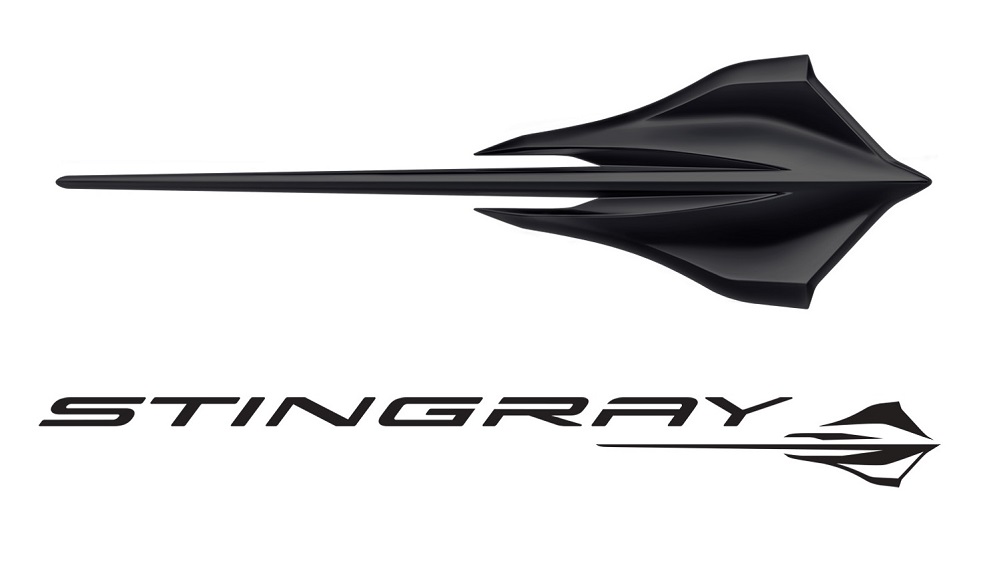
Showing off the engine
The new location of the V8 engine is truly the focal point for the car’s design. It sits like a jewel in a showcase, visible through the large rear hatch window. The benefits are obvious: better weight distribution, with the rear weight bias enhancing performance in a straight line and on the track. And better responsiveness and better sense of control due to driver positioning closer to the front axle, almost on top of the front wheels.
Chevy’s next-generation 6.2-litre Small Block V-8 LT2 engine is the only naturally aspirated V-8 in the segment. It will produce 495 bhp/637 Nm of torque when equipped with performance exhaust — the most horsepower and torque for any entry-level Corvette. The 0 – 60 mph (96 km/h) is claimed to be under 3 seconds when equipped with Z51 Performance Package.
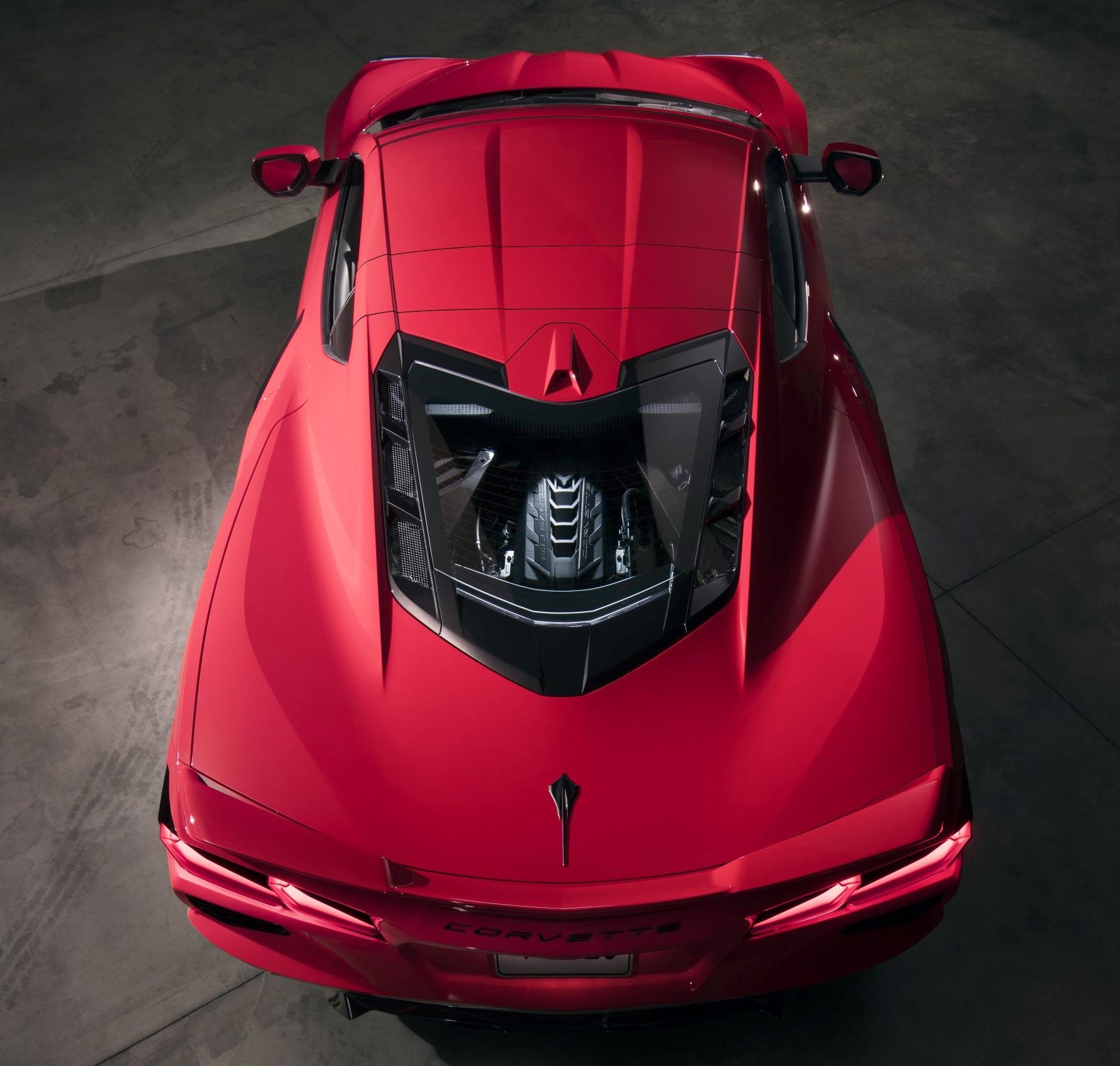
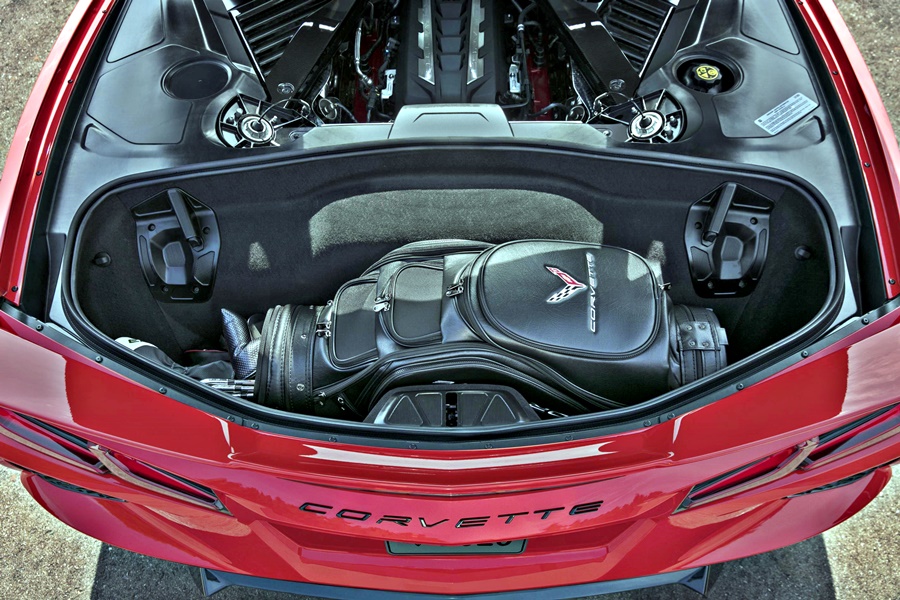
Perhaps the biggest update is found in the lubrication and ventilation system. For the first time ever, the base Stingray will use an engine-mounted dry sump oil system and three scavenge pumps for improved track performance. During serious track driving, oil volume remains high to avoid diminished performance. The new Stingray’s lateral capability is greatly improved, so the LT2’s dry sump lubrication system had to be redesigned to provide exceptional engine performance even at lateral acceleration levels exceeding 1g in all directions.
Every part, including the exhaust system’s wires, tubes, routing fasteners, coolant hoses, exhaust manifold and even the bolts and fasteners, is built with appearance in mind. All engine components were given careful consideration just like the exterior, and even the heat shields are textured.
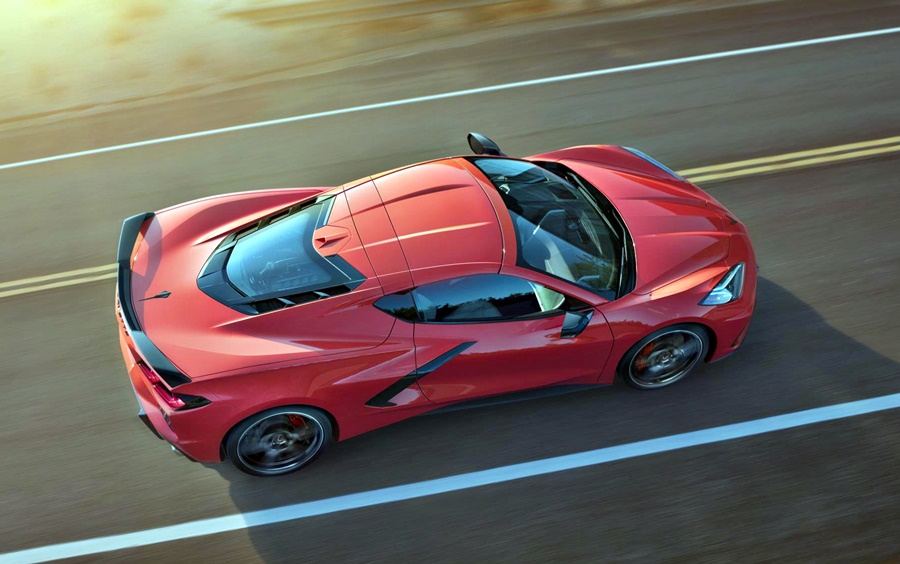
8-speed DCT a first for Chevy
The next-generation LT2 is paired with Chevrolet’s first 8-speed dual-clutch transmission. This transmission, designed with TREMEC, has a double-paddle de-clutch feature that even allows the driver to disconnect the clutch by holding both paddles for more manual control.
The DCT is mated to a new Electronic Transmission Range Selector. With this electric shifter, there’s no mechanical interface between the shift lever and the transmission. The Corvette’s electric shifter incorporates two pull toggles for Reverse and Drive and push buttons for Park, Neutral and Low/Manual.
The new Stingray benefits from GM’s new digital vehicle platform, an all-new electronic architecture that enables the adoption of the company’s next generation of technologies. The architecture minimizes wiring while allowing for faster signal transmission between different vehicle systems and the higher resolution screens. The platform enables continuous vehicle improvements through over-the-air updates and enhanced cybersecurity measures.
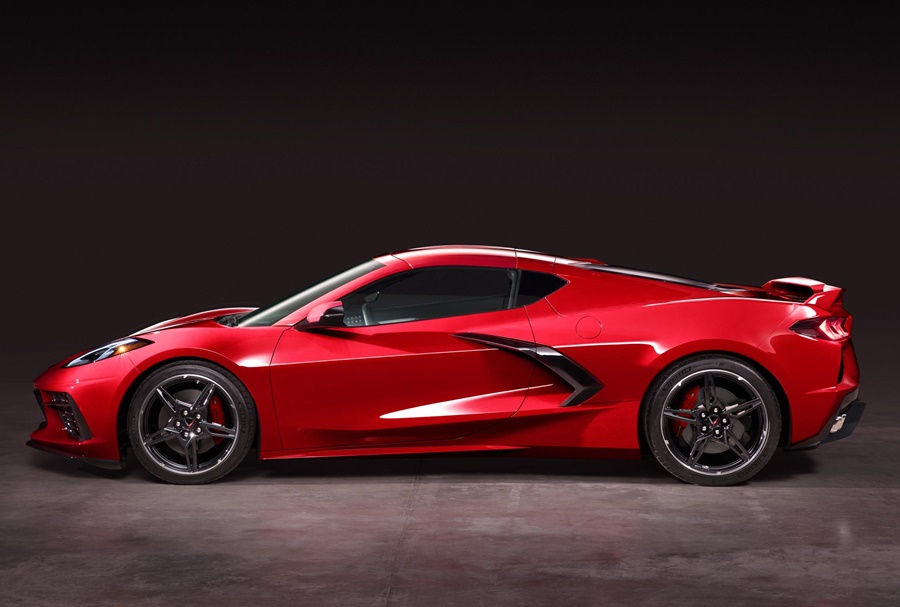
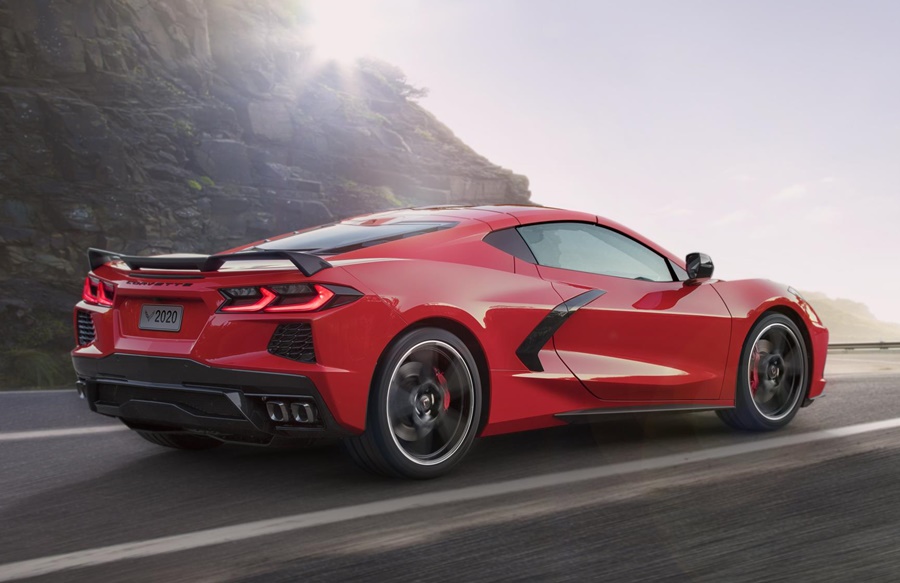
Design inspired by racing and aeronautics
The new exterior design has a bold, futuristic expression with mid-engine exotic proportions but it is still unmistakably Corvette. The door, bonnet and hatch releases are all hidden, keeping surfaces smooth.
True to its aeronautical and racing roots, the Stingray’s canopy-forward stance was inspired by the F22, F35 and other modern fighter jets as well as Formula 1 racing. Other classic Corvette signatures adapted to the Stingray include a distinctive face that communicates the purpose of the vehicle’s mission, a classic horizontal crease, aggressive front fenders and familiar positioning of the dual-element headlamps.
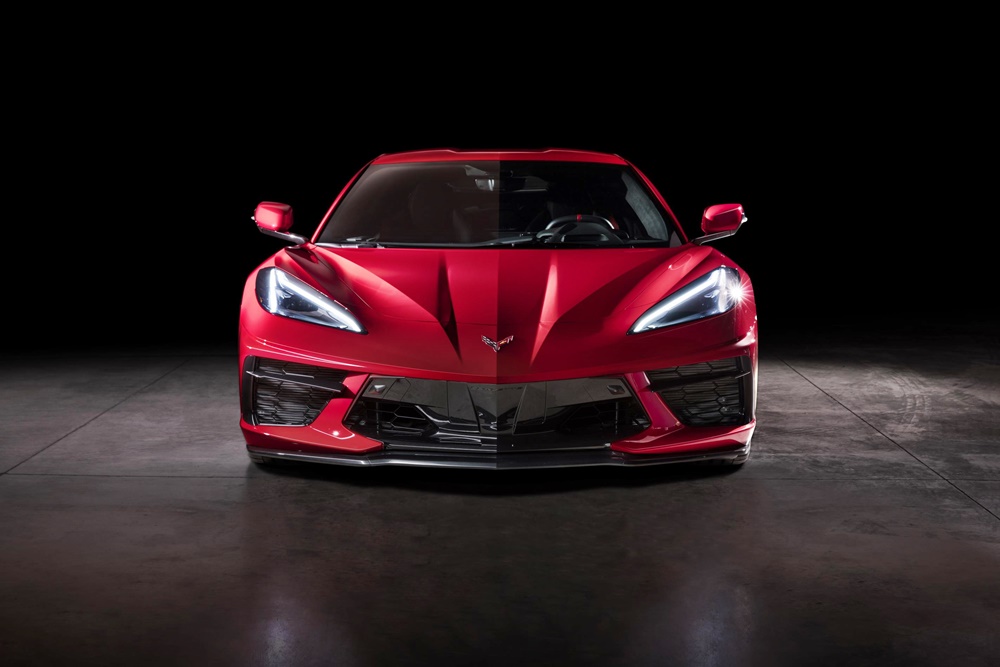
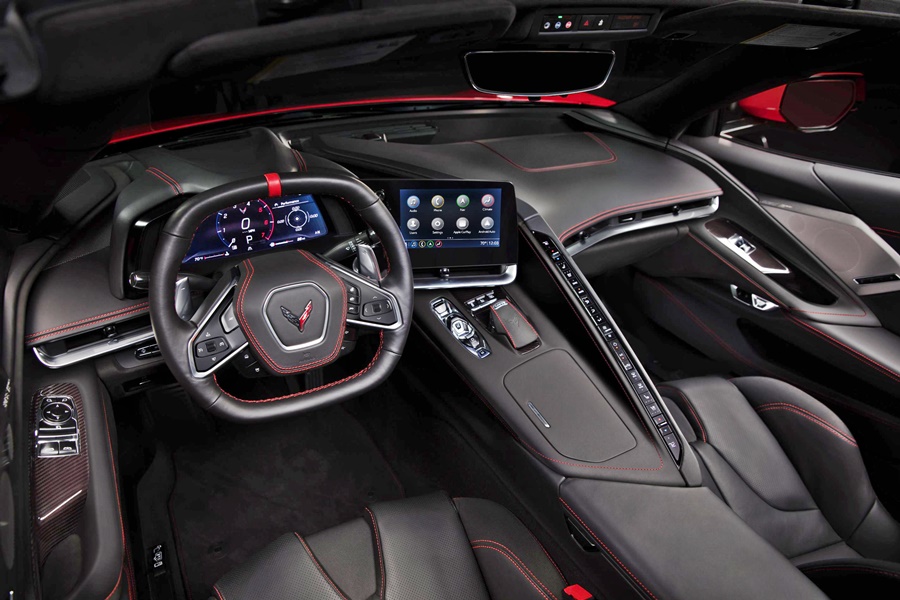
Personalisation like never before
The interior is further enhanced by a cockpit that envelopes the driver, conveying the high performance and aeronautic theme. Vertical climate controls and ultra-thin vents minimize the height of the instrument panel, creating a low, spacious interior.
There’s a choice of either real aluminium or real carbonfibre for console and door trim plates. Personalisation is like never before and customers can even choose from 6 seatbelt colours and 2 stitch packages.
And, like the Mustang, this will be the first time in the Corvette’s history that a righthand drive variant will be available from the factory as well.
Carbonfibre trim for seats
Besides the GT1 seats, there are GT2 seats which are first for the model. These seats have a racing-inspired look with comfort for long trips courtesy of dual density foam. They include carbonfibre trim, a Napa leather insert, Mulan leather bolsters, a jet black-painted seat back, two-way lumbar support and wing adjustment, plus heating and ventilation.
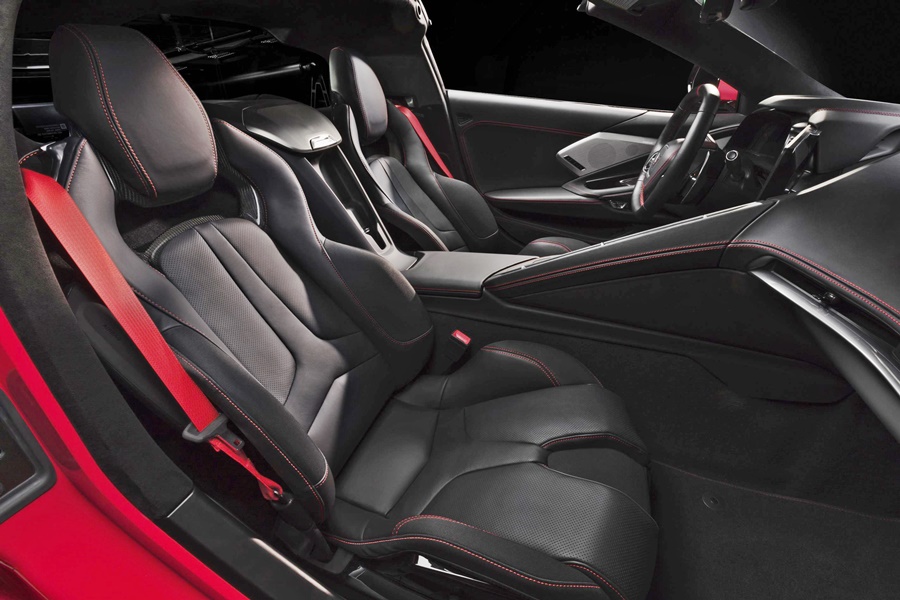
Competition Sport seats can be ordered for the serious track-focused driver. These have aggressive bolsters, full Napa seating surfaces and carbonfibre trim on the headrest, heating and ventilation, along with an all-new durable performance textile inspired by Kevlar vests.
The centre tunnel ‘backbone’
The car’s structure is built around its backbone: the centre tunnel. This enables a light, stiff structure to serve as the foundation for the suspension system to perform in an optimized manner. By removing unwanted body compliance, Corvette customers will experience the ultimate in ride performance with outstanding lateral grip capabilities.
The new Stingray features coil-over dampers that create entirely new ride and handling characteristics. The mid-engine architecture allows for a short, straight and stiff steering system, coupled with an updated electronic steering system, making the driver’s chassis input instantaneous.
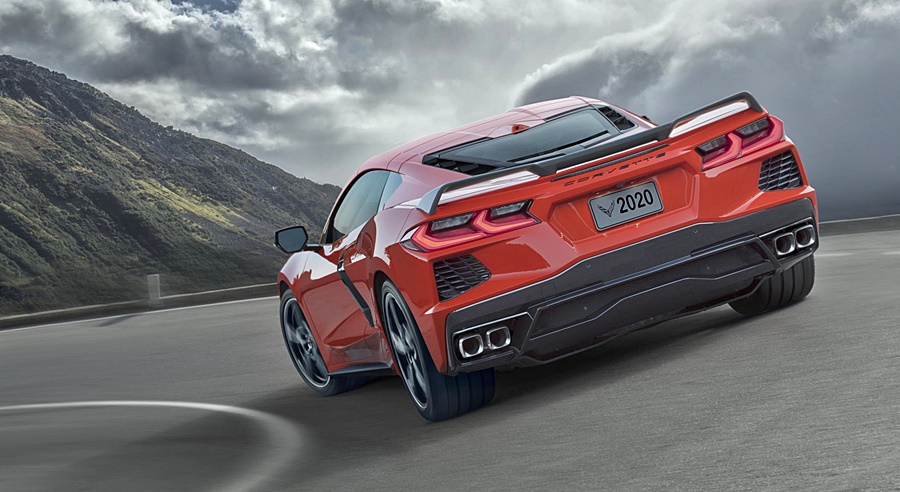
The front suspension lift raises ground clearance by approximately 40 mm at the front bumper in 2.8 seconds, protecting against bumps, potholes, steep driveways and other road disturbances. It can operate at speeds up to about 40 km/h and be programmed to work automatically through GPS to remember up to 1,000 locations.
The optional Magnetic Ride Control 4.0 reads the road better, providing more precise data through suspension-mounted accelerometers. Its improved electronics are said to respond faster and more smoothly to driver inputs and contribute to class-leading ride quality.
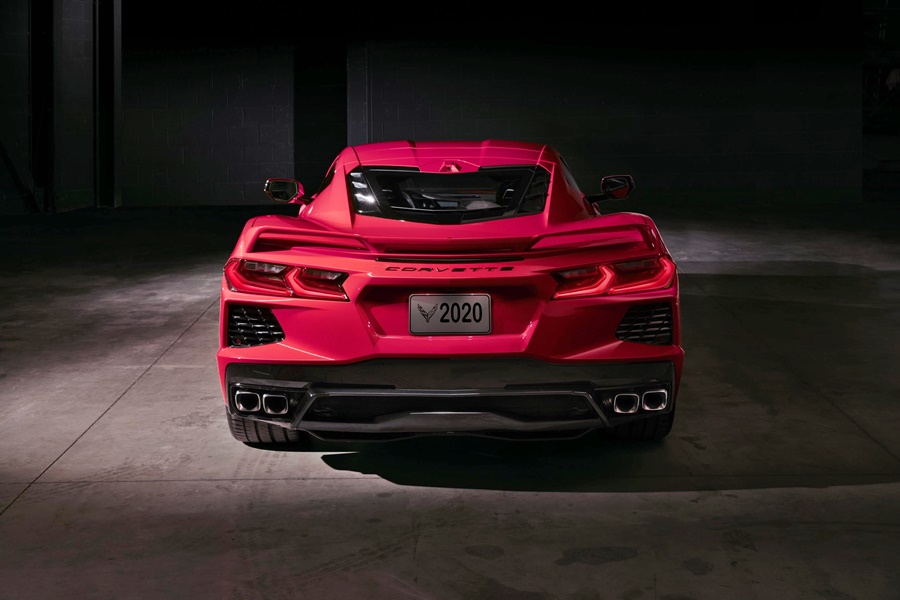
Production of the new Corvette Stingray starts later this year and its starting price is to be below US$60,000 (equivalent to about RM247,000). This has amazed American enthusiasts who see it as a bargain price for a mid-engine sportscar although the more capable variants would cost more.

